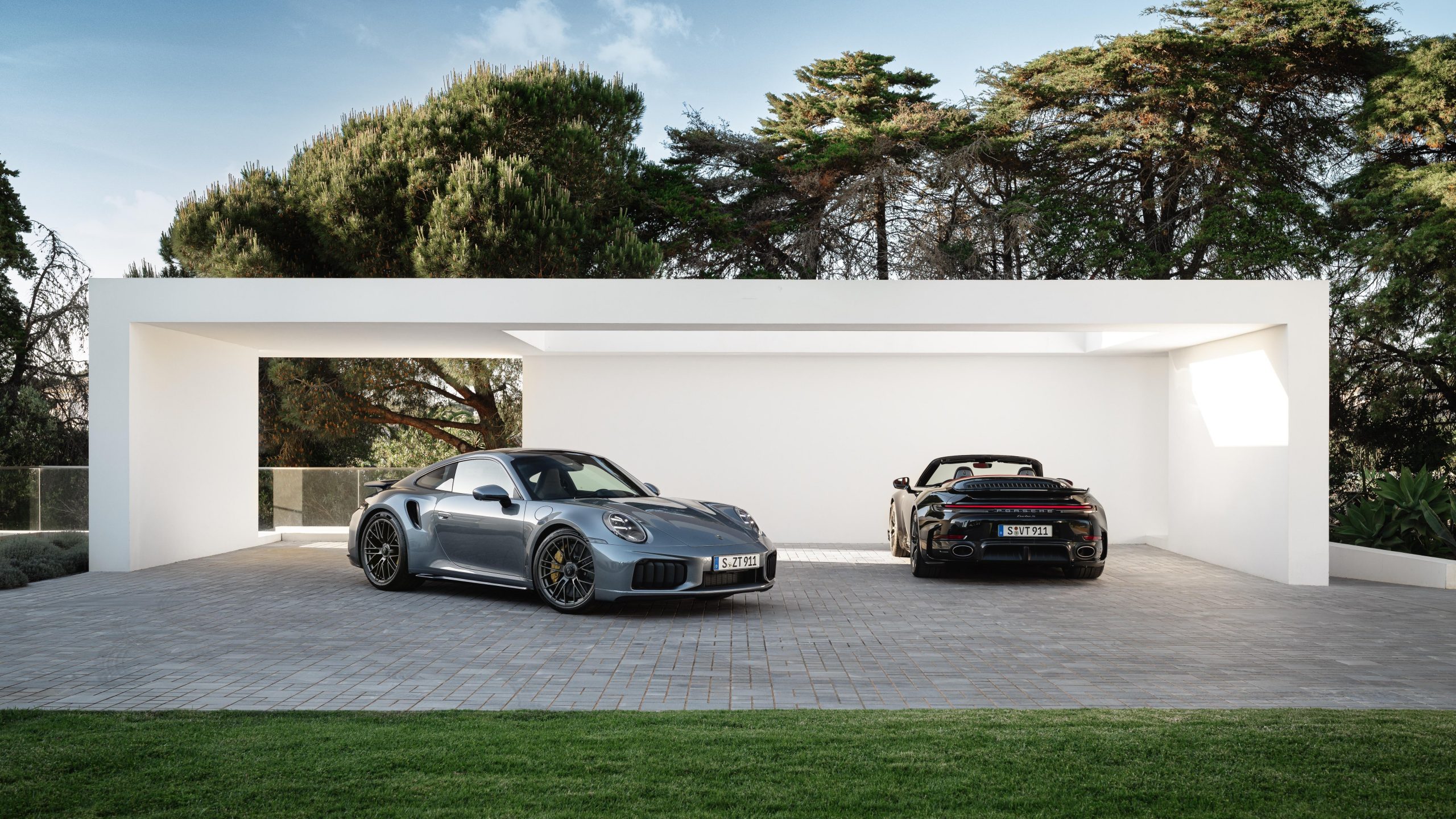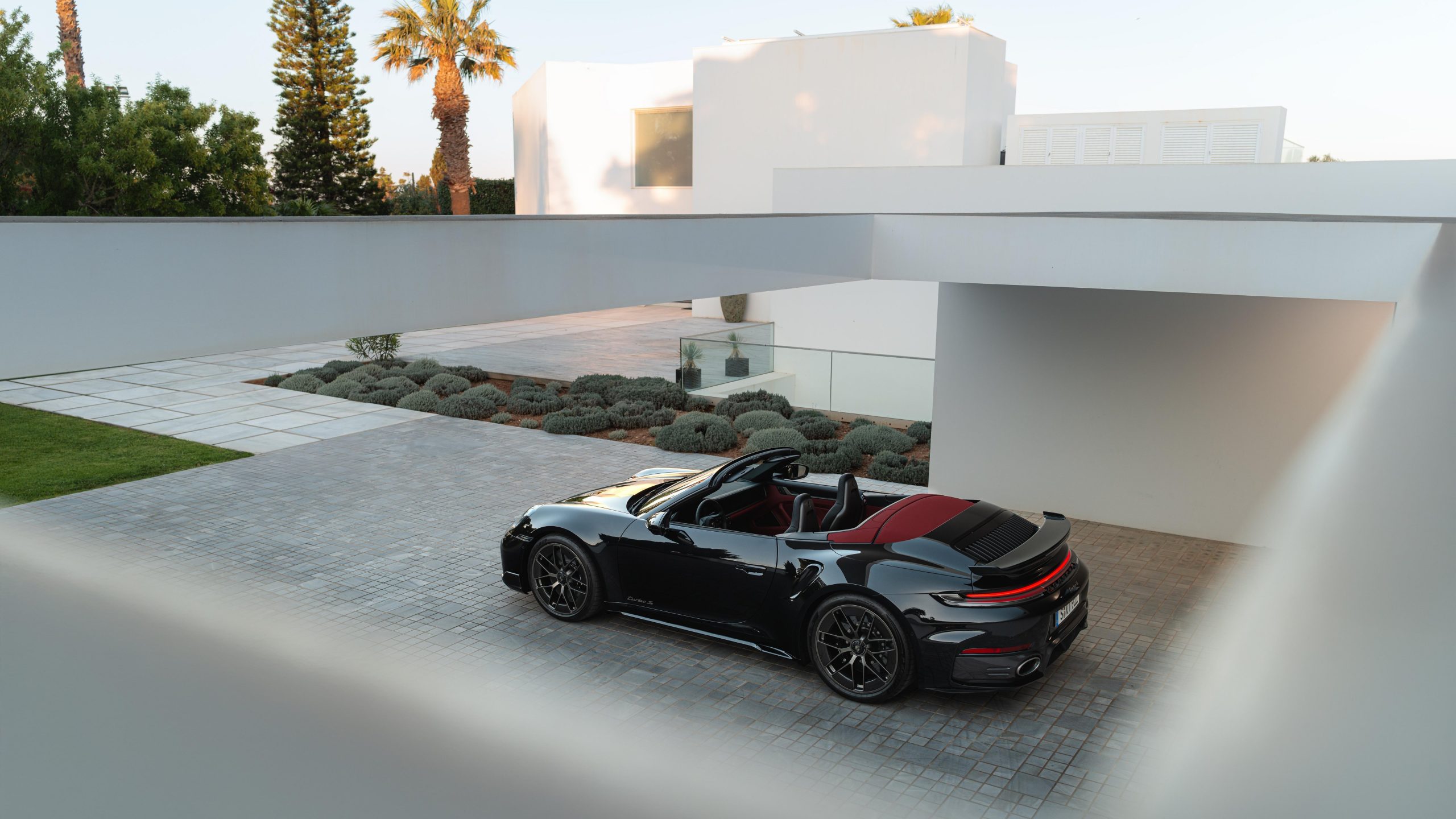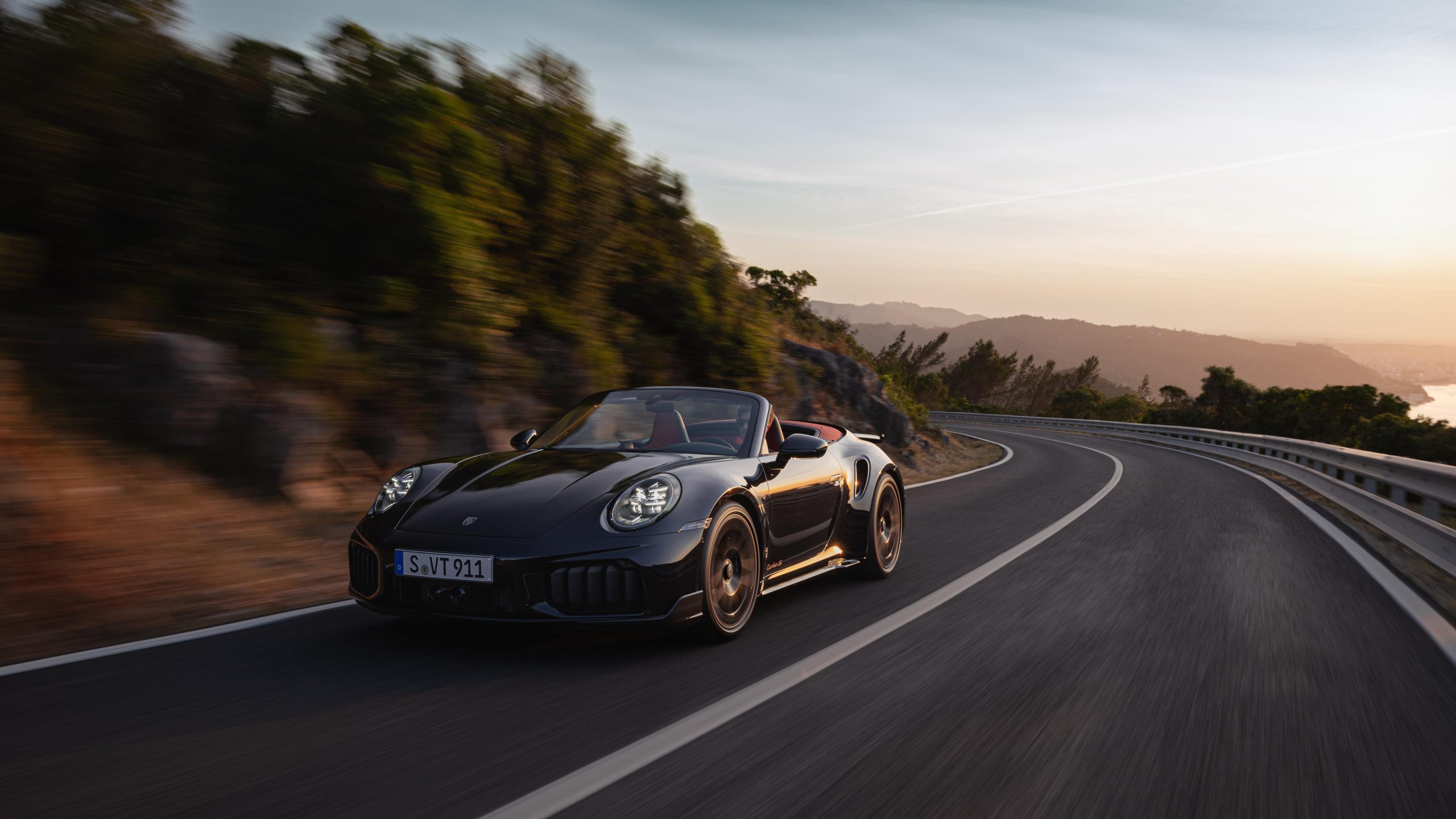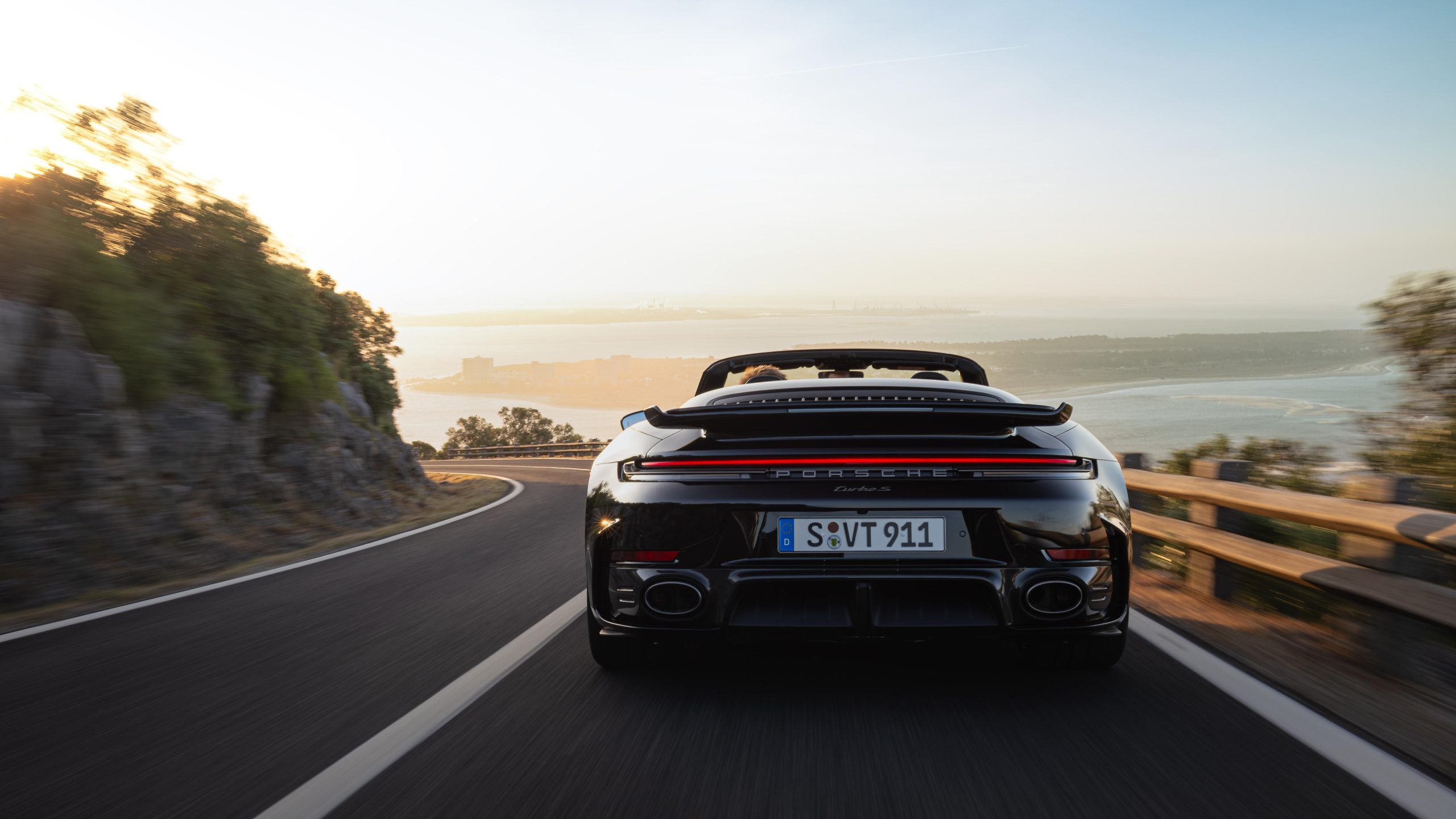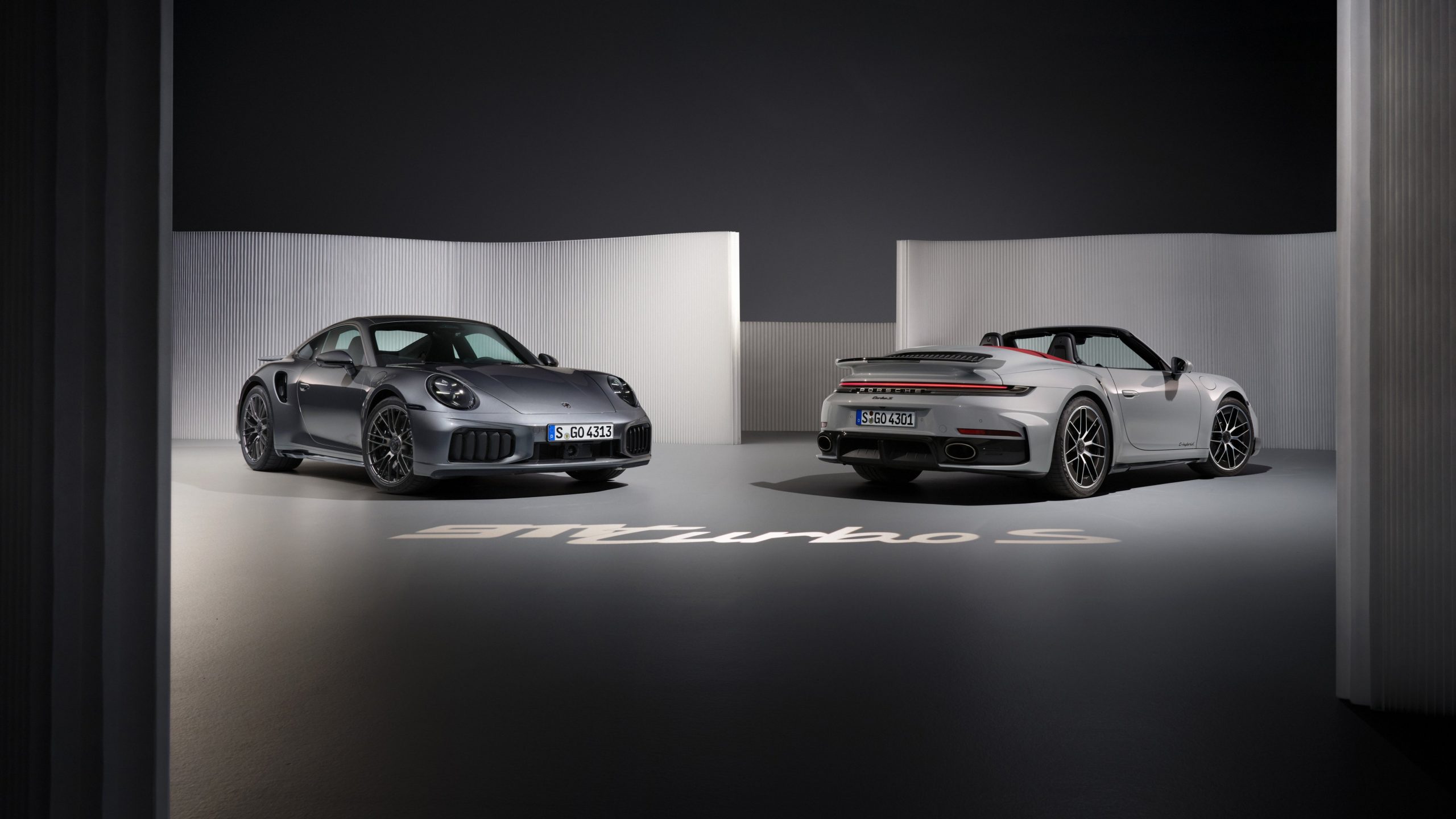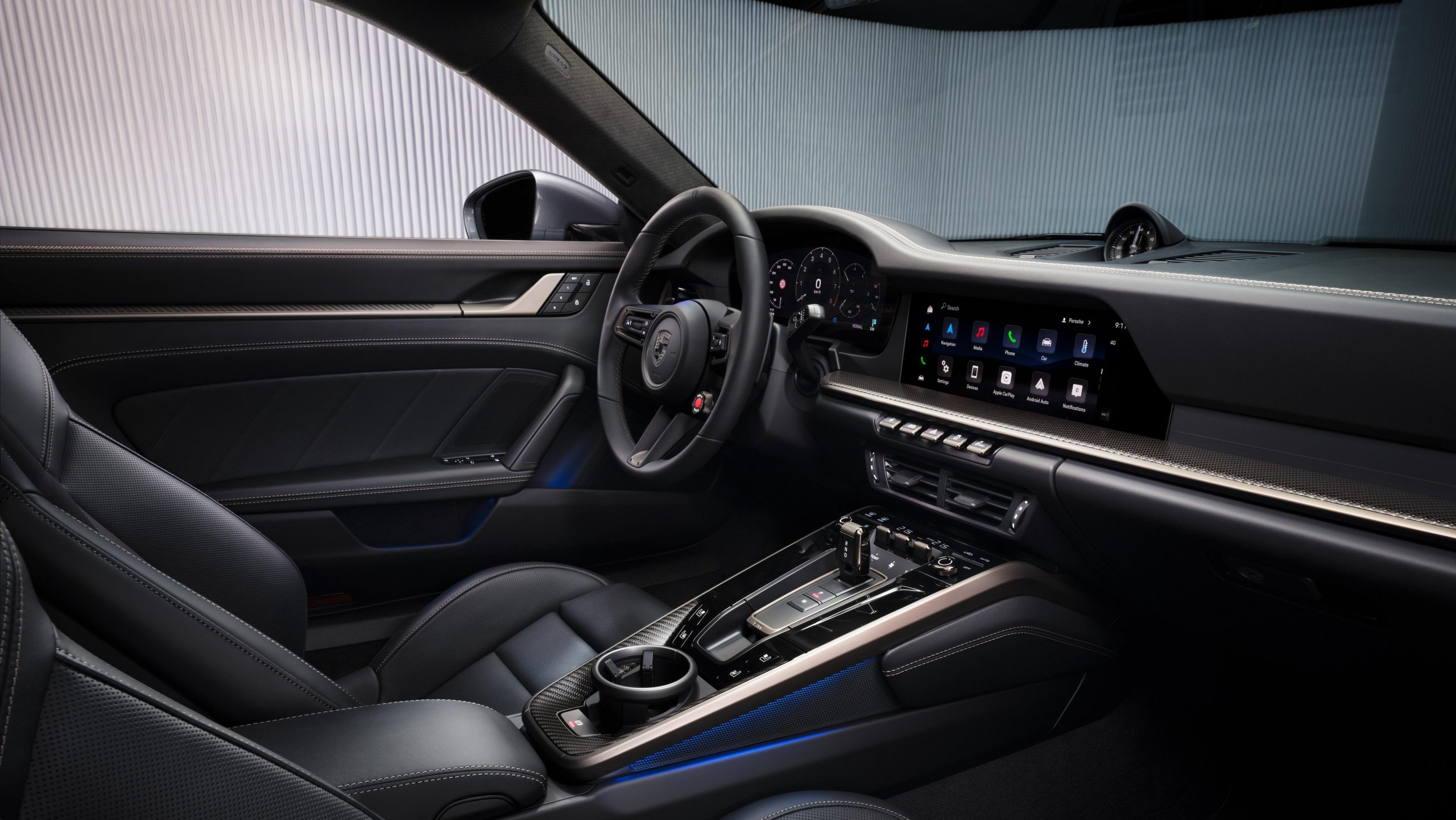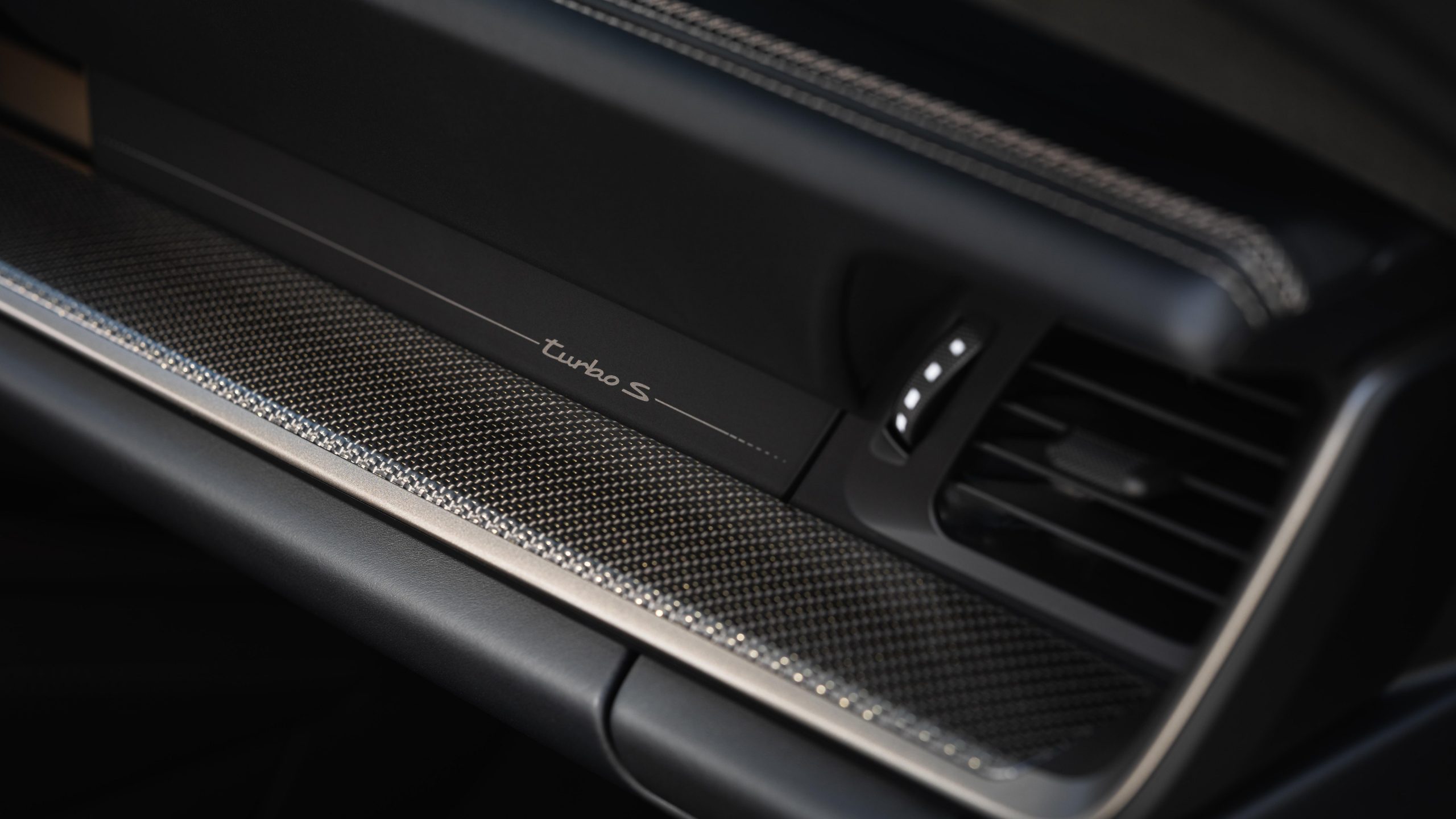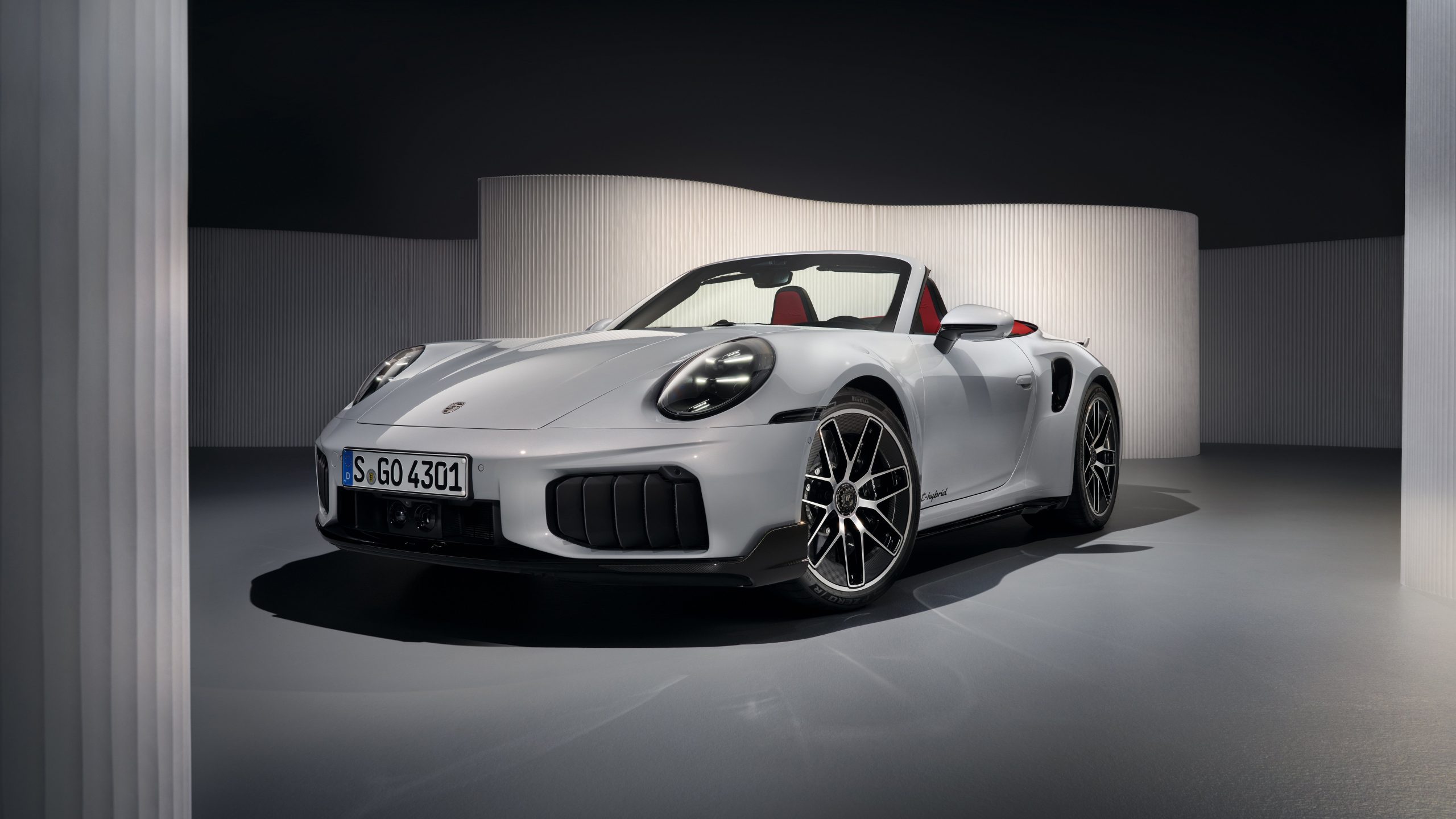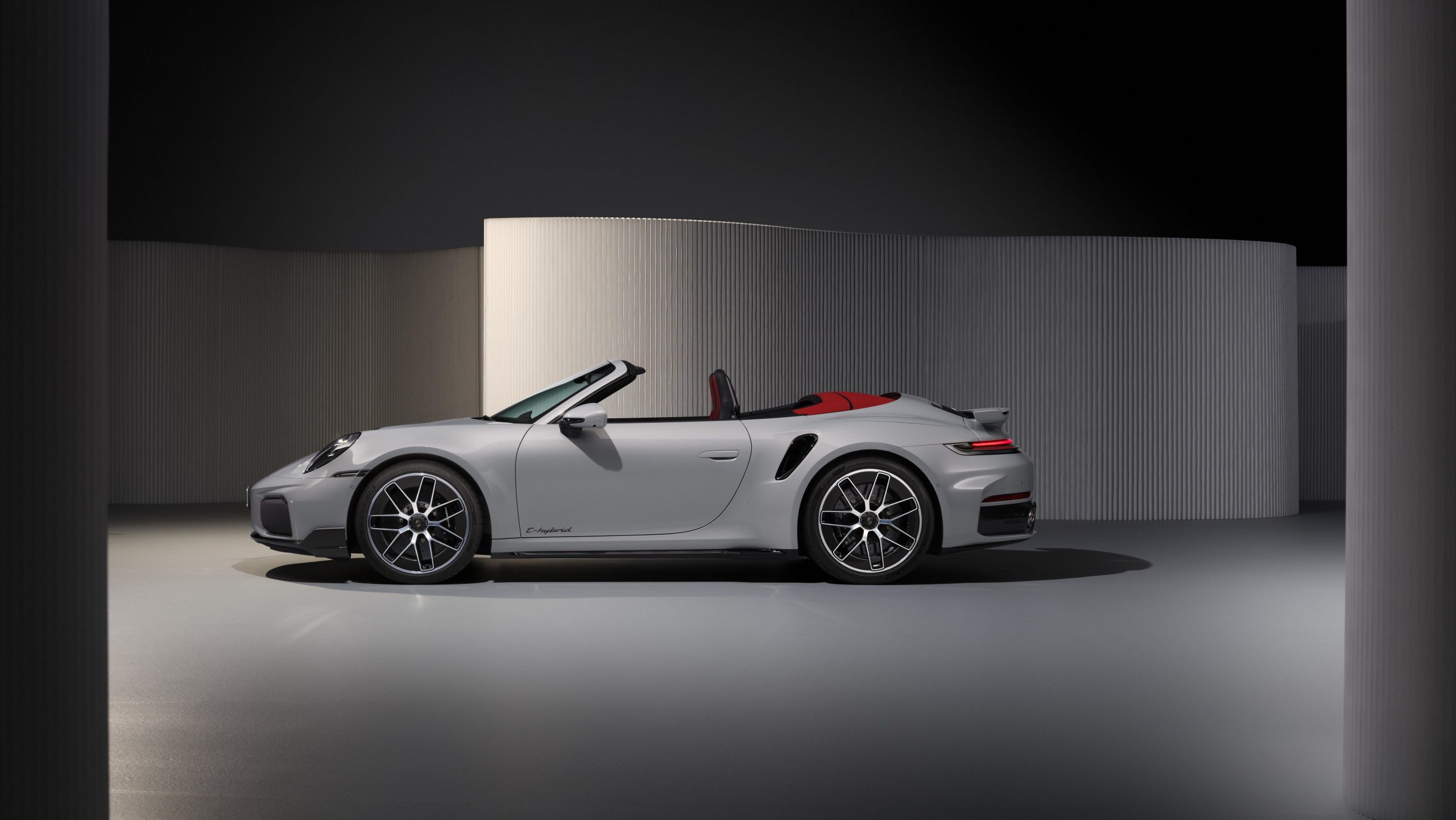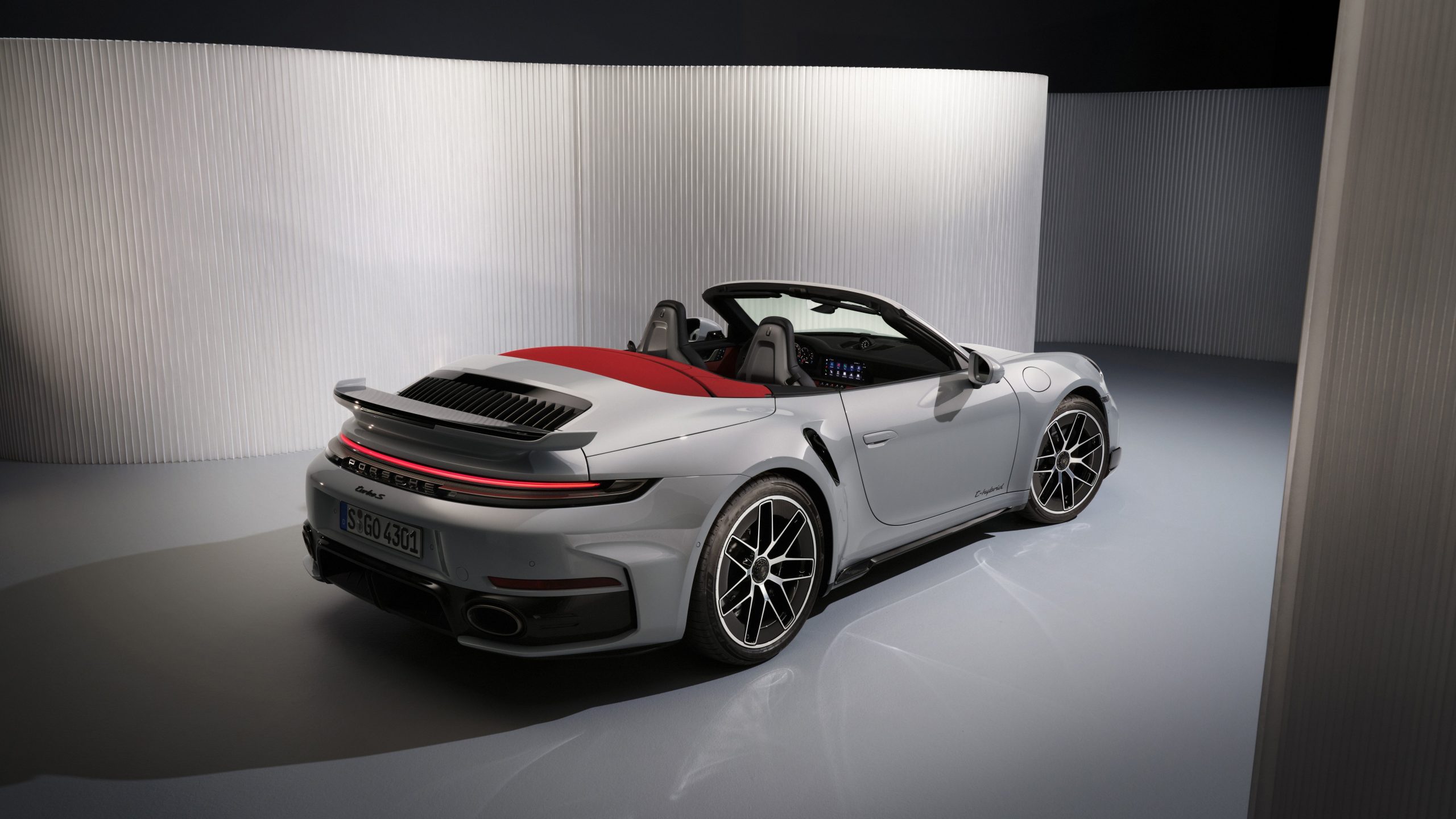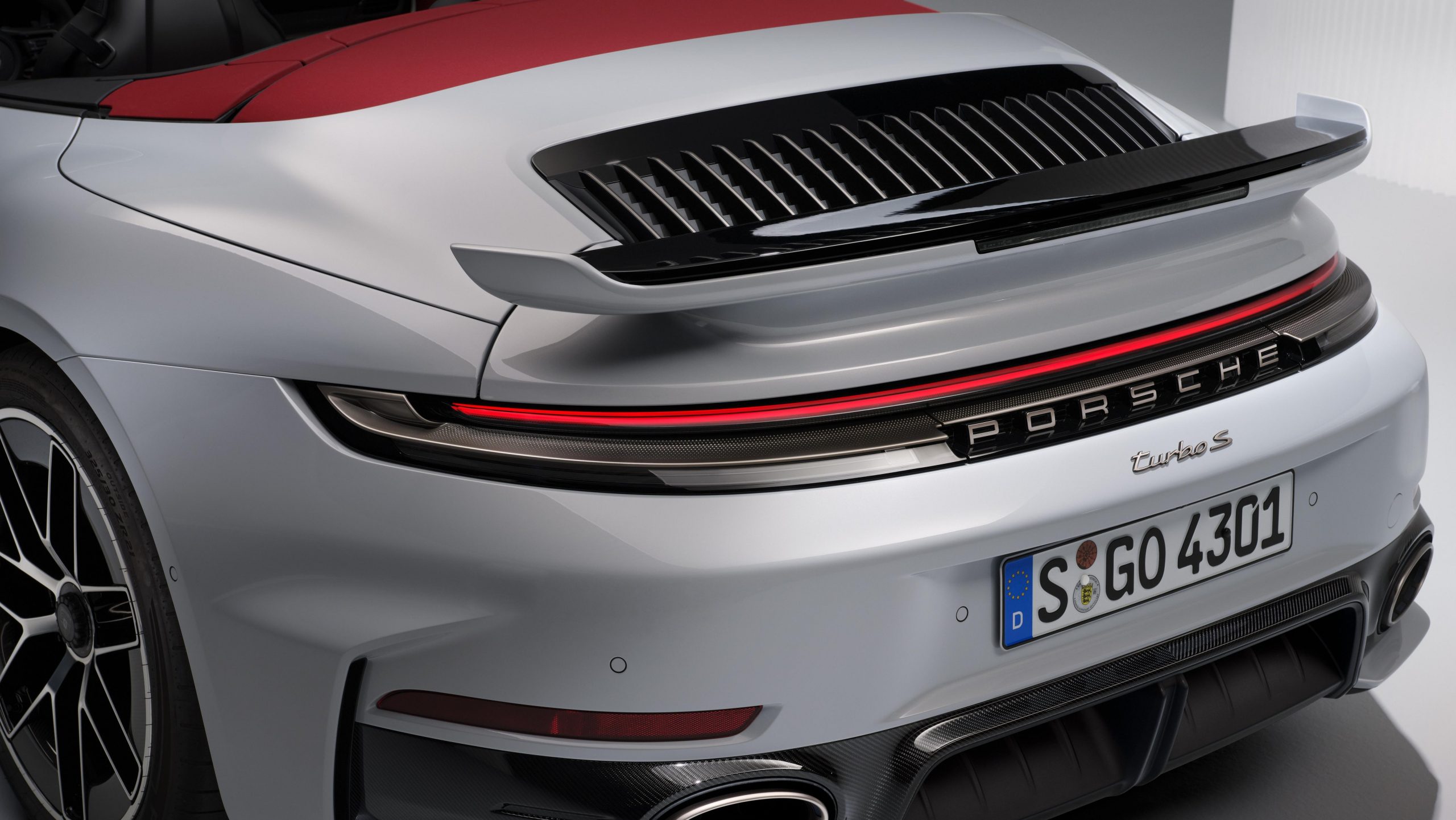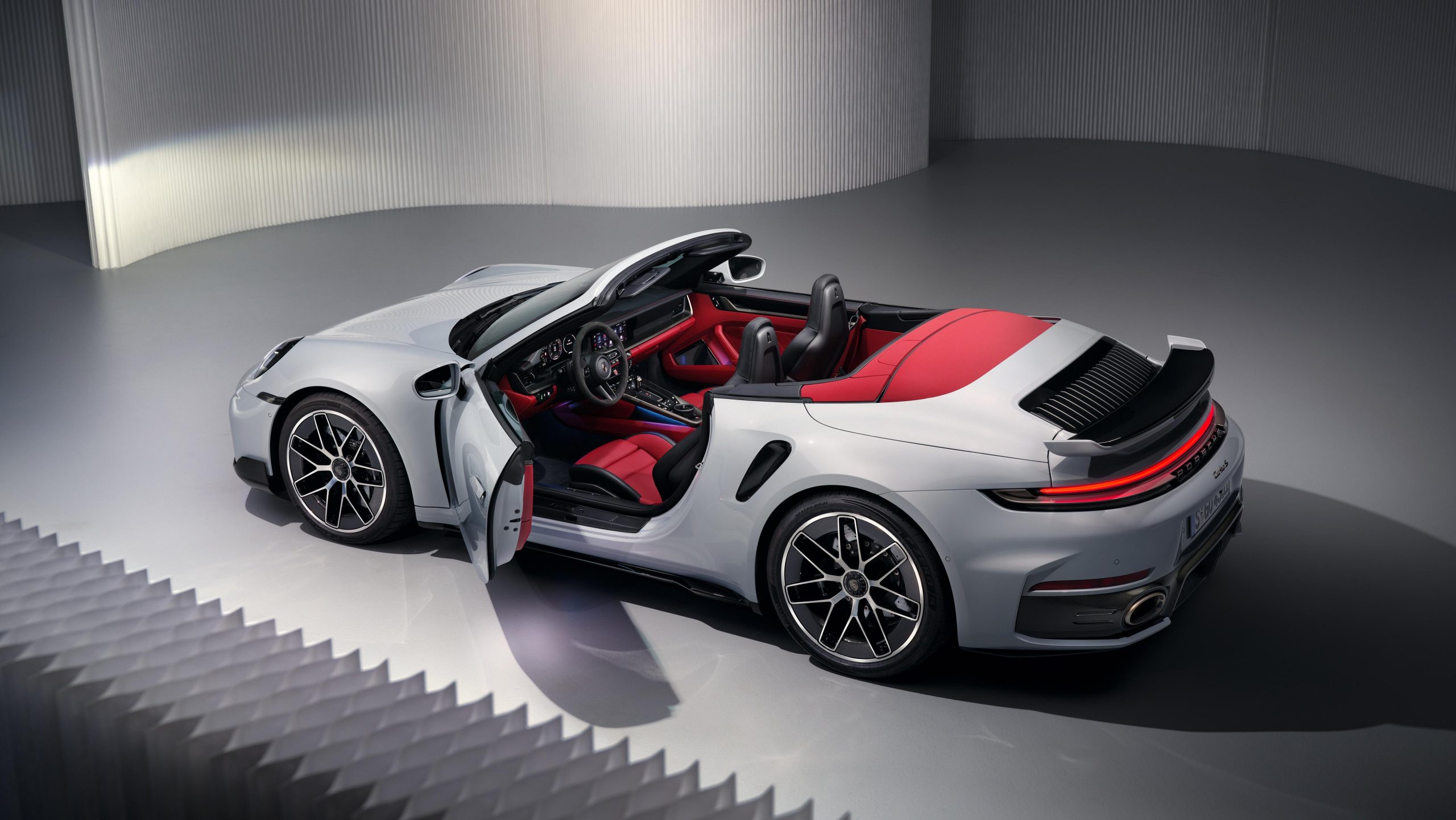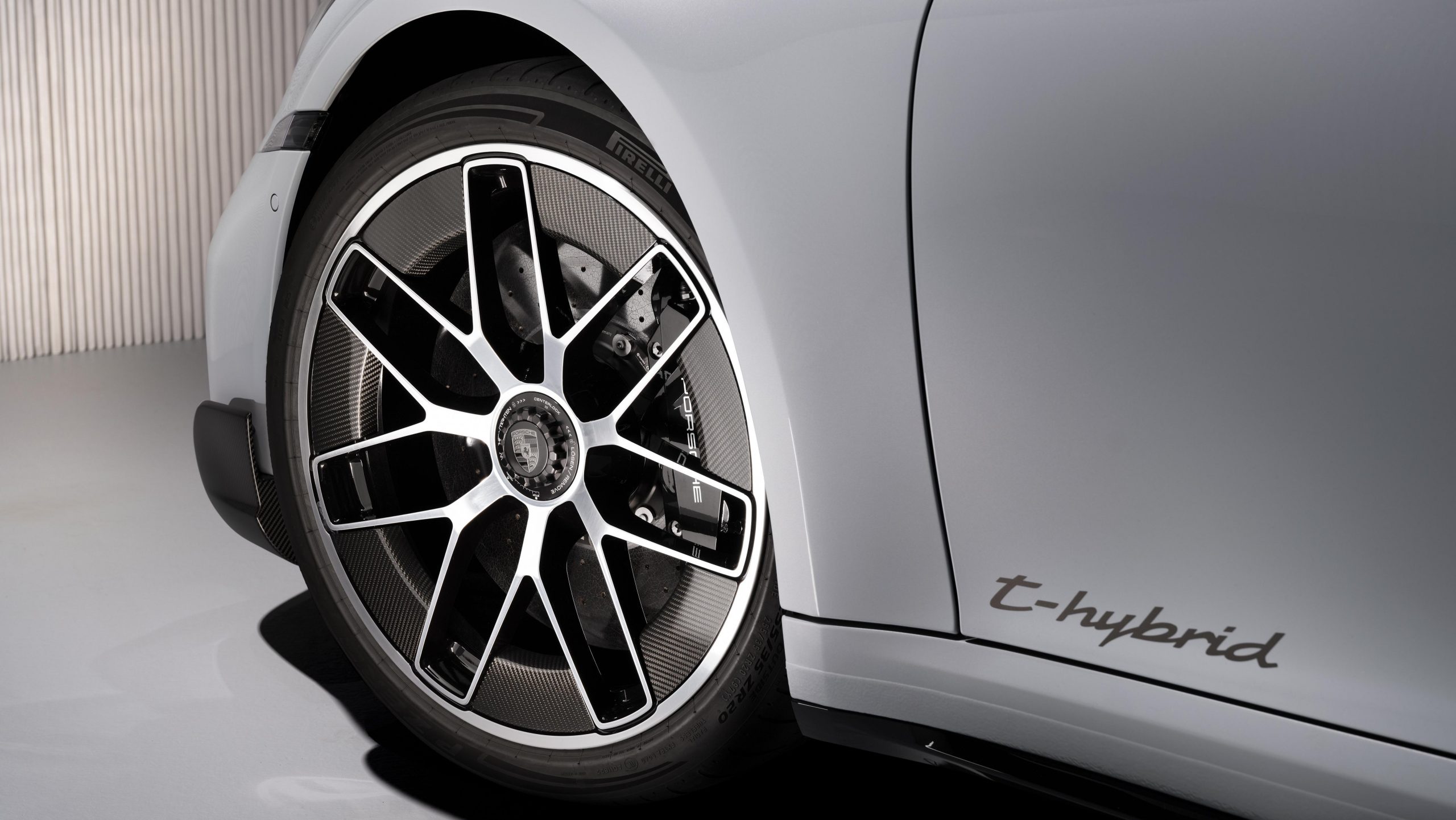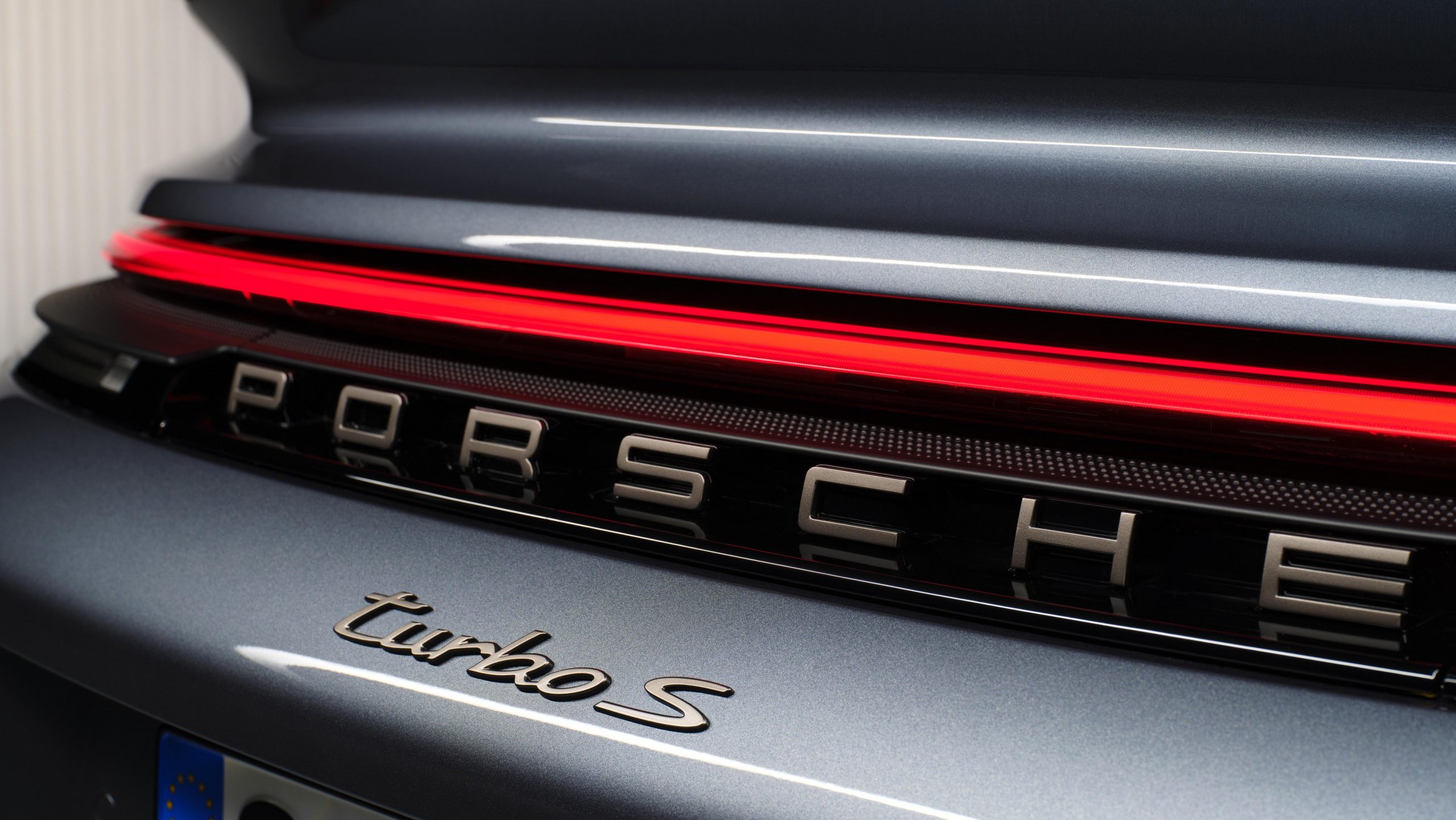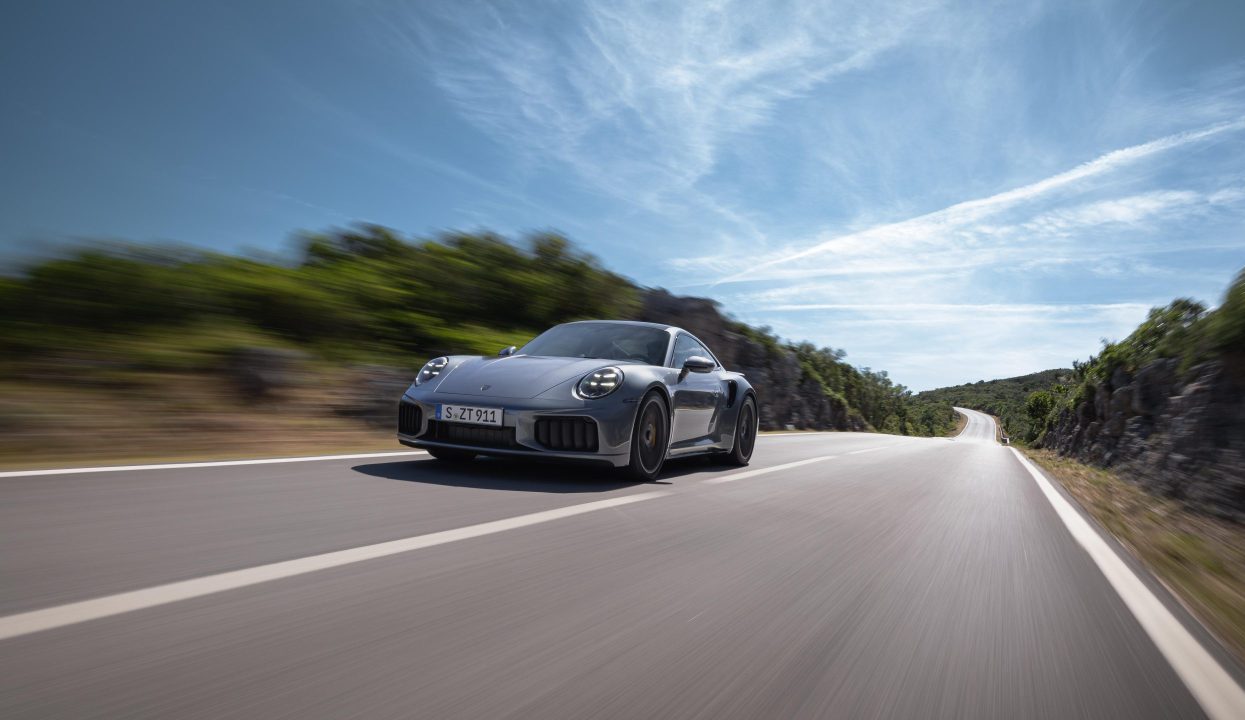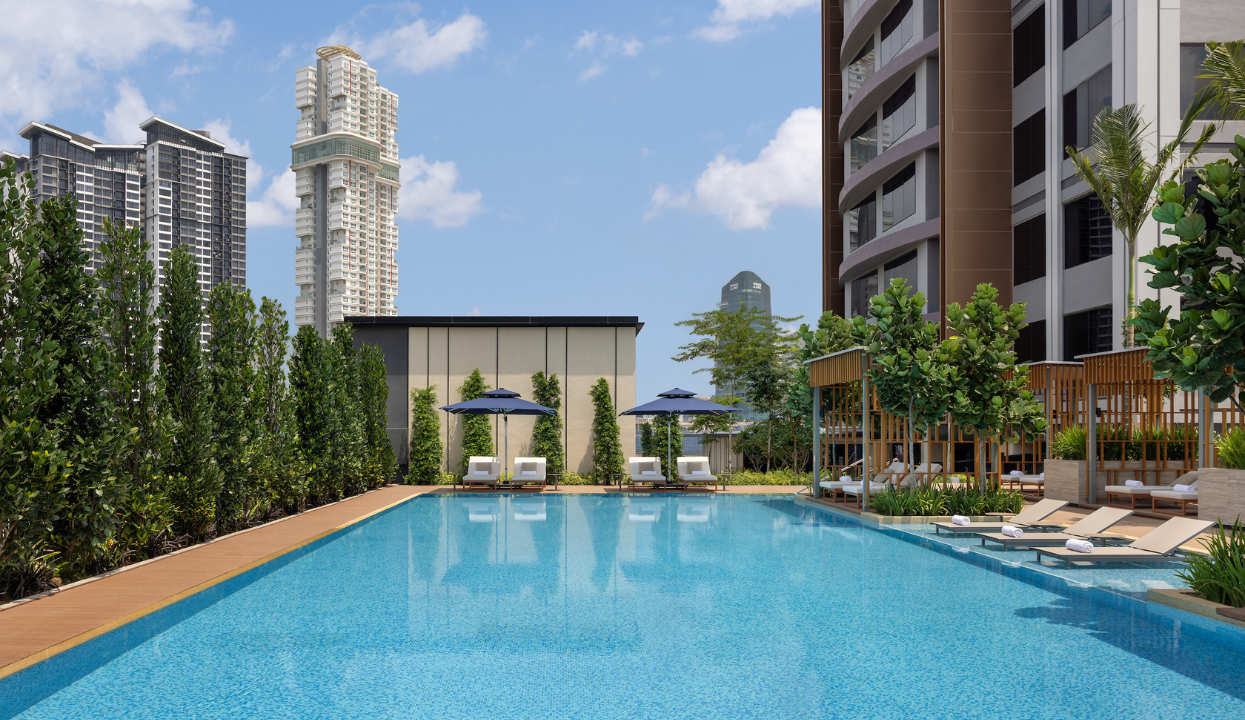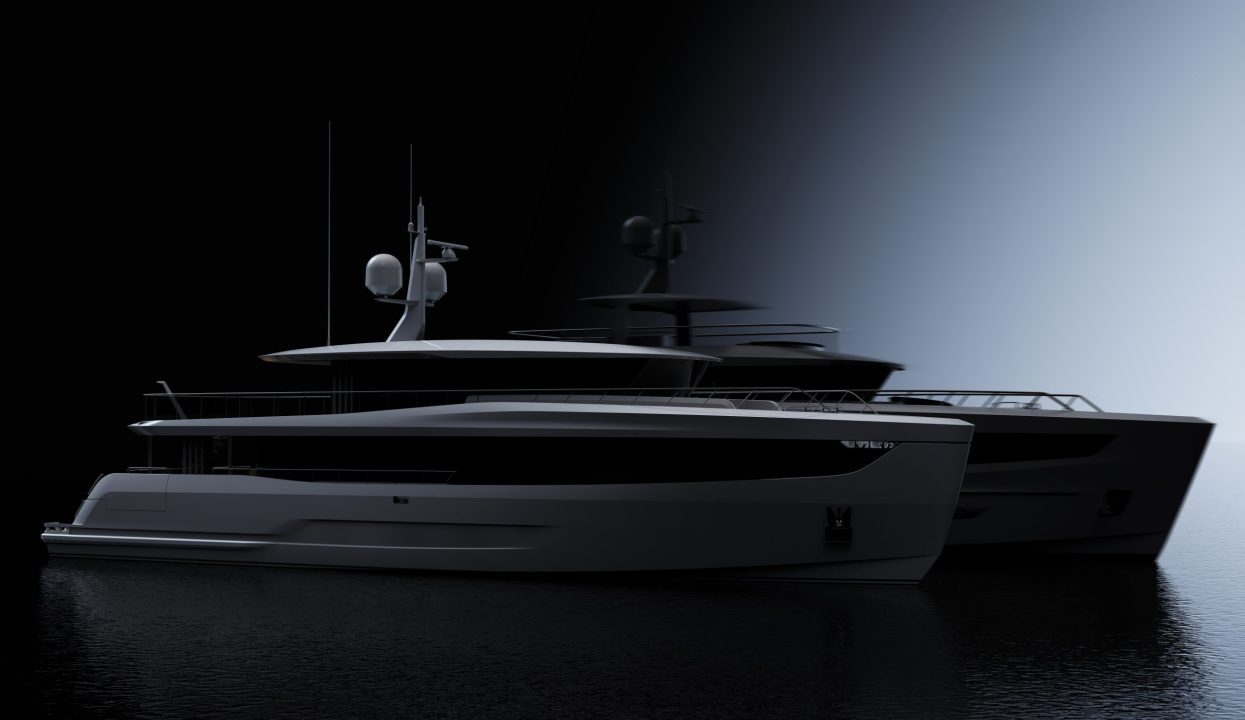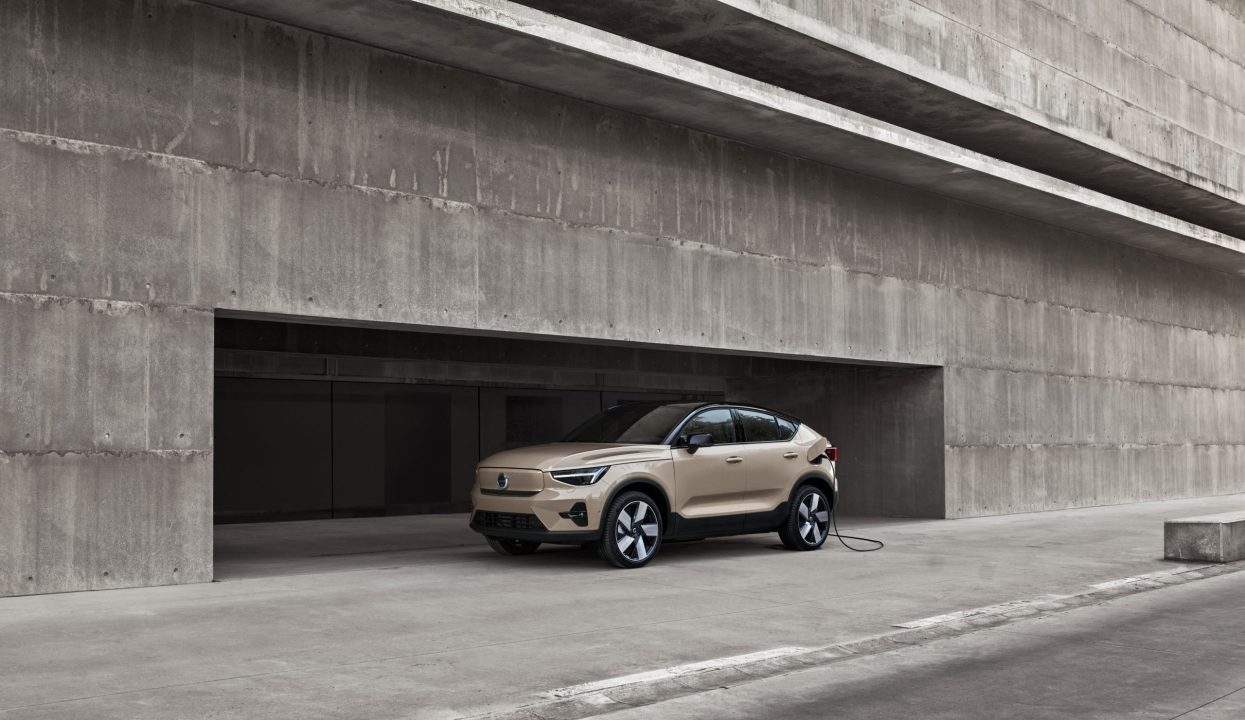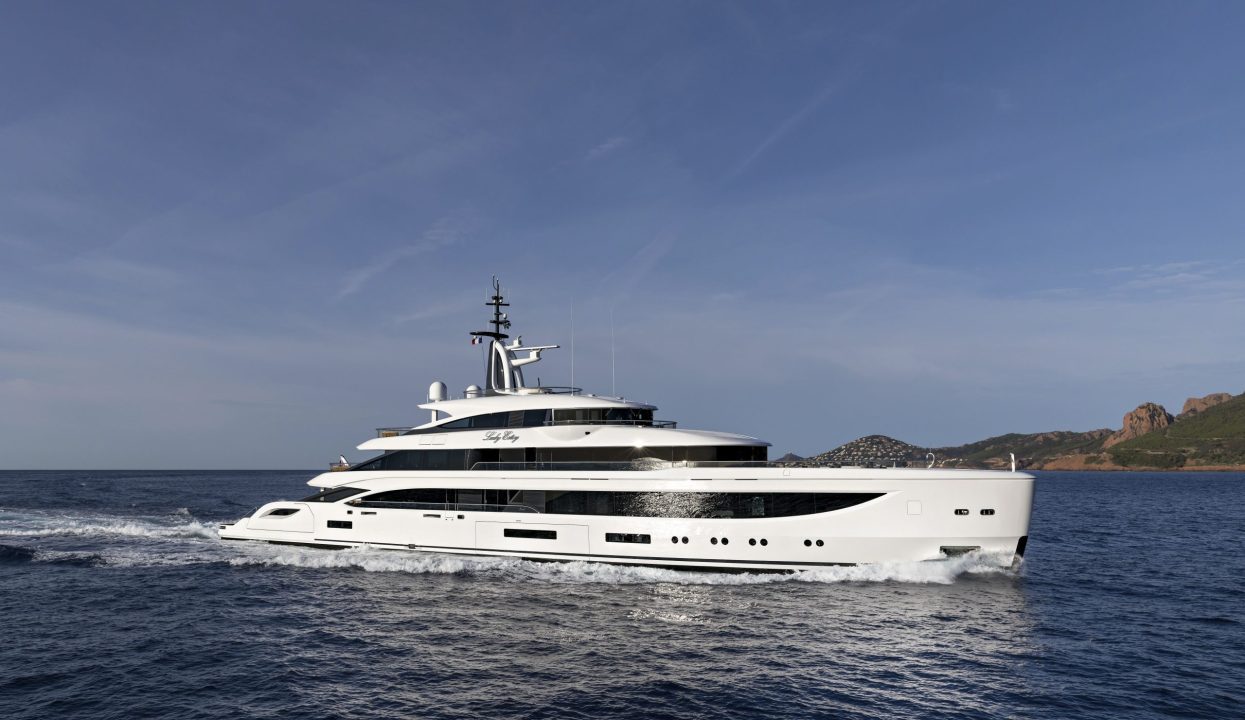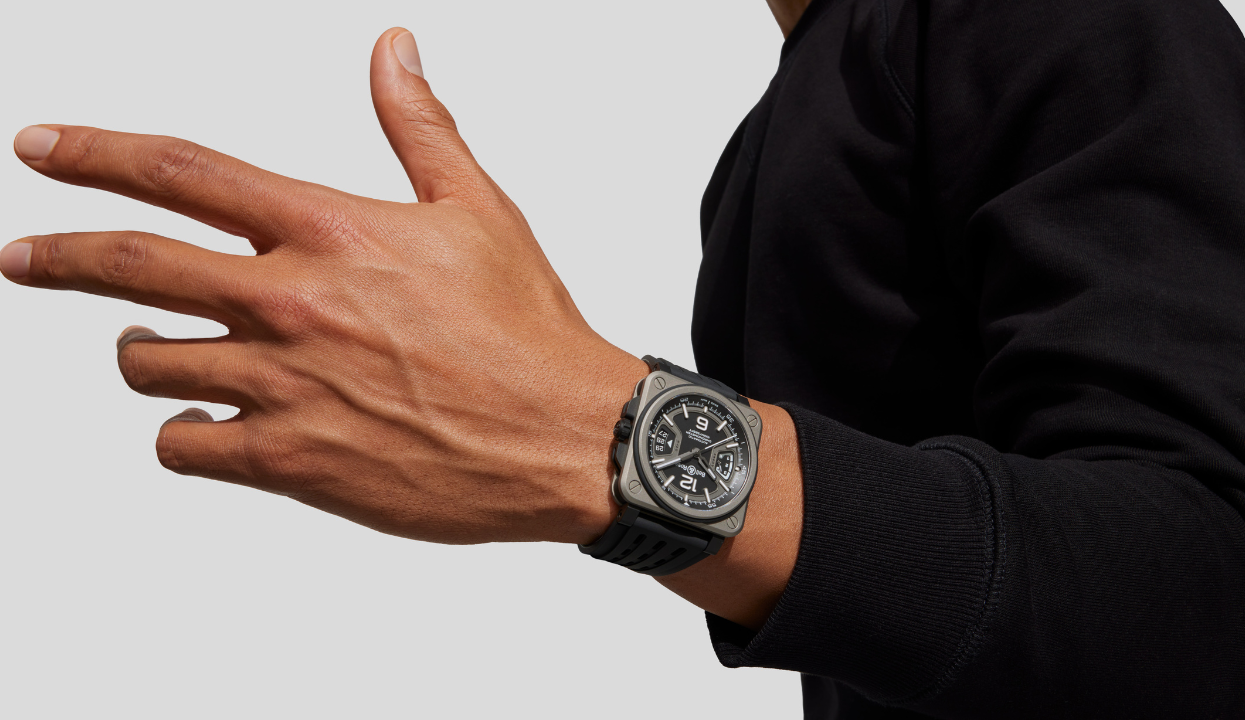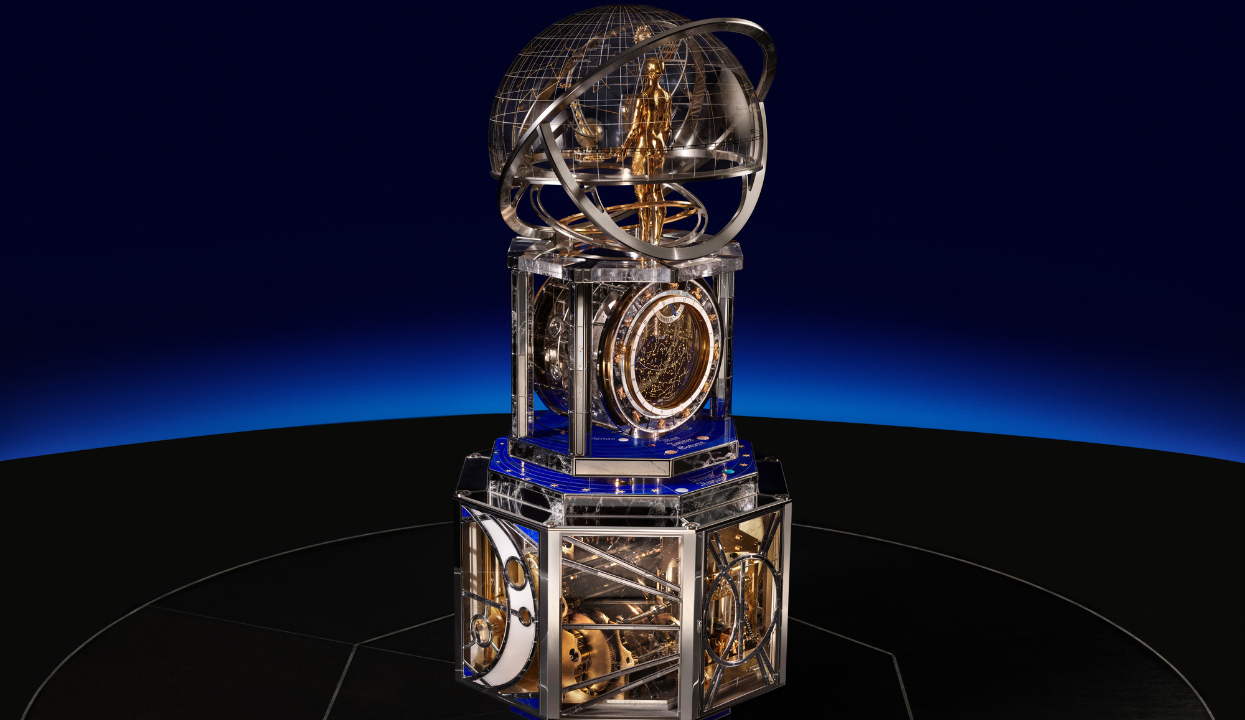Long considered a key benchmark in the sports car realm for its unmatched combination of incredibly powerful performance, long-distance touring comfort, and everyday usability, Porsche’s new 911 Turbo S has markedly raised its game once more. For the first time in the model’s history, it now boasts hybrid powertrain tech & active chassis stabilization.
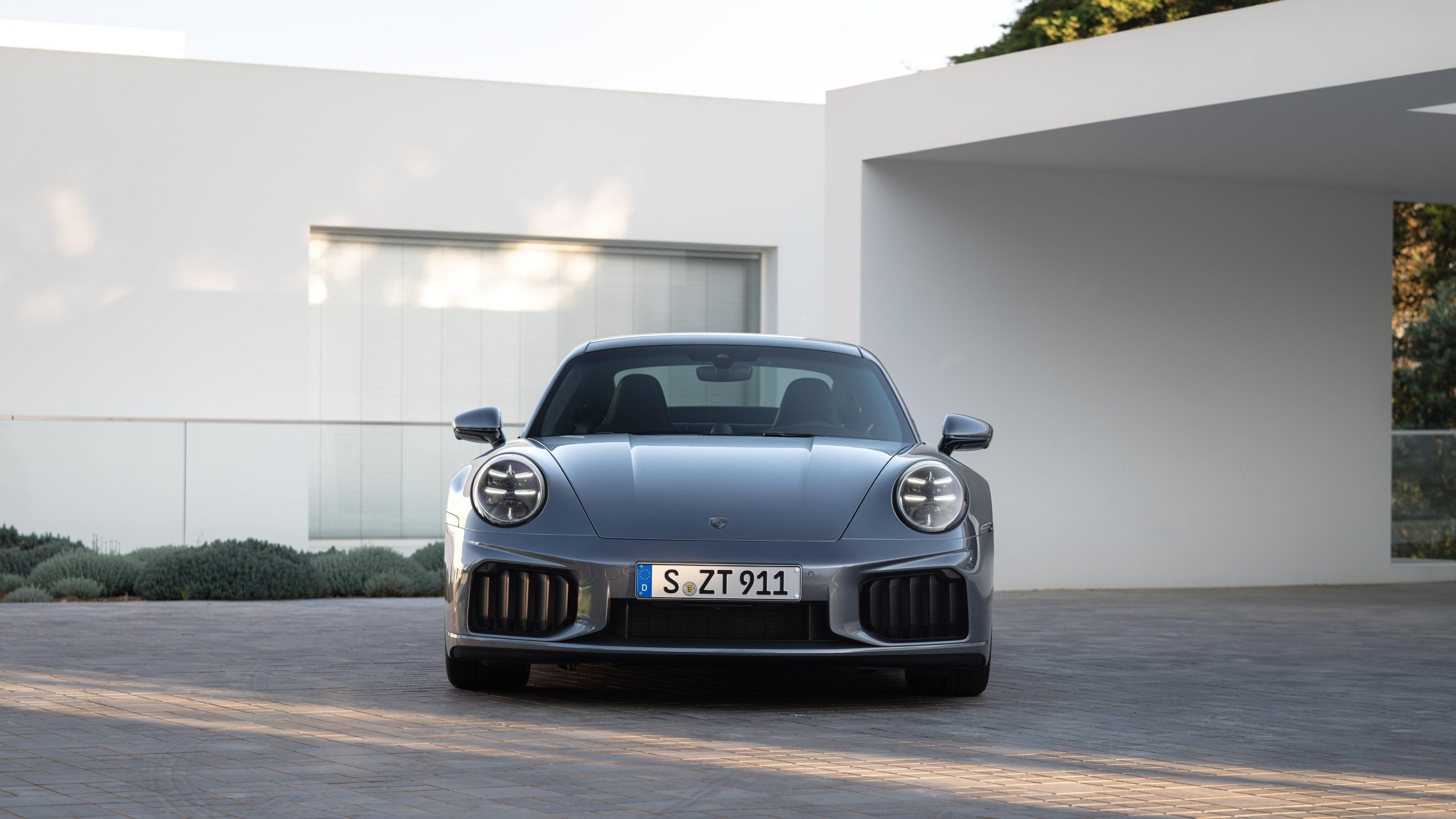
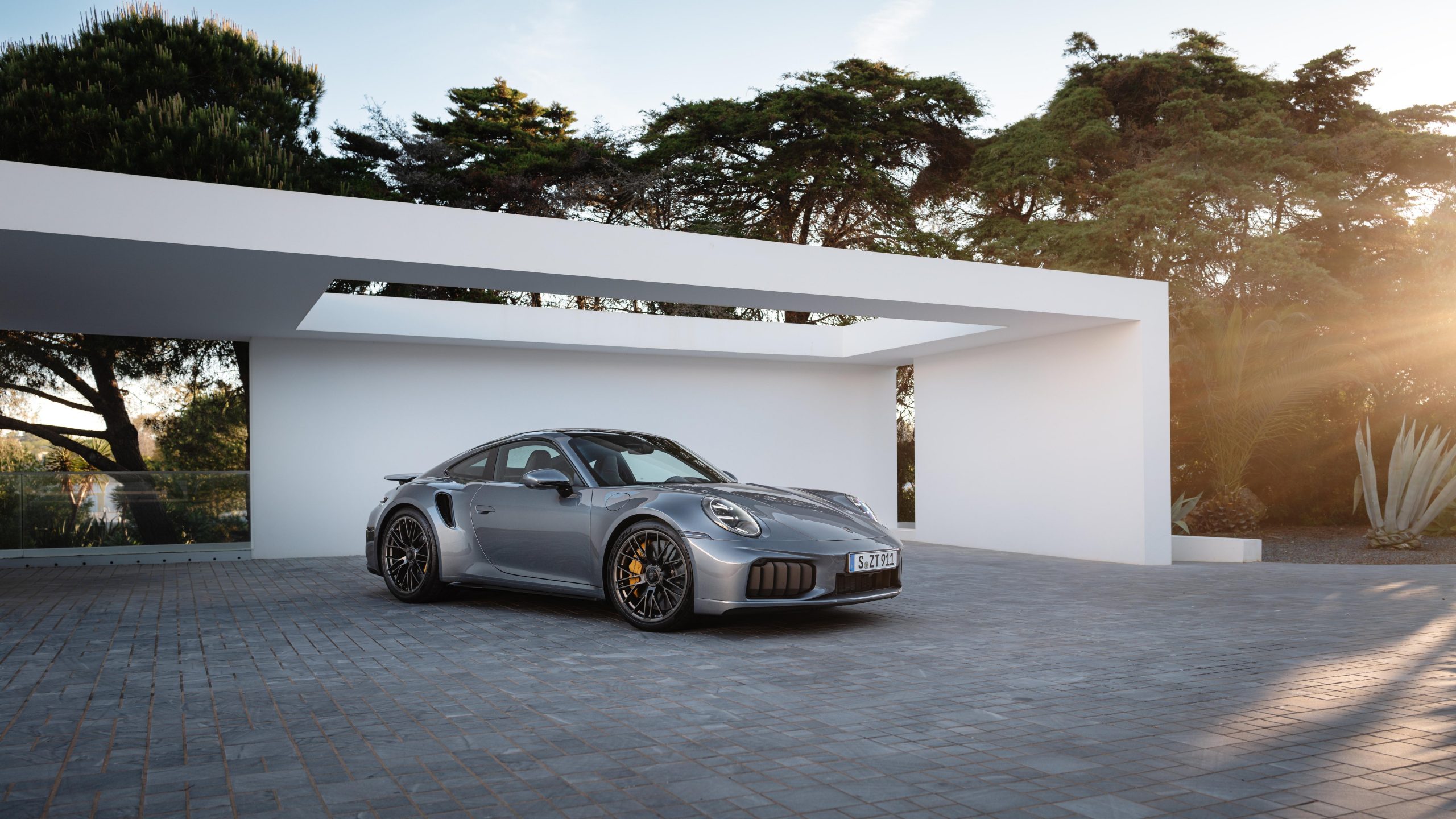
Now mounted 50 mm lower for enhanced stability, its 3.6-litre twin-turbo boxer-6 and 400 V T-Hybrid system produce a staggering 711 hp at 6,500 to 7,000 rpm, with the electric motor supplying 61 hp of that increased output. 800 Nm of maximum torque also peaks across a usefully wide powerband range from 2,300 to 6,000 rpm. First introduced with the 2024 911 Carrera GTS, the T-Hybrid technology has been extensively evolved with two electric turbochargers (eTurbos) for the latest 911 Turbo S; featuring specifically smaller 73mm turbine- and 65mm compressor-wheels that not just increase power, but also essentially eliminate turbo lag for sharper powertrain responses.
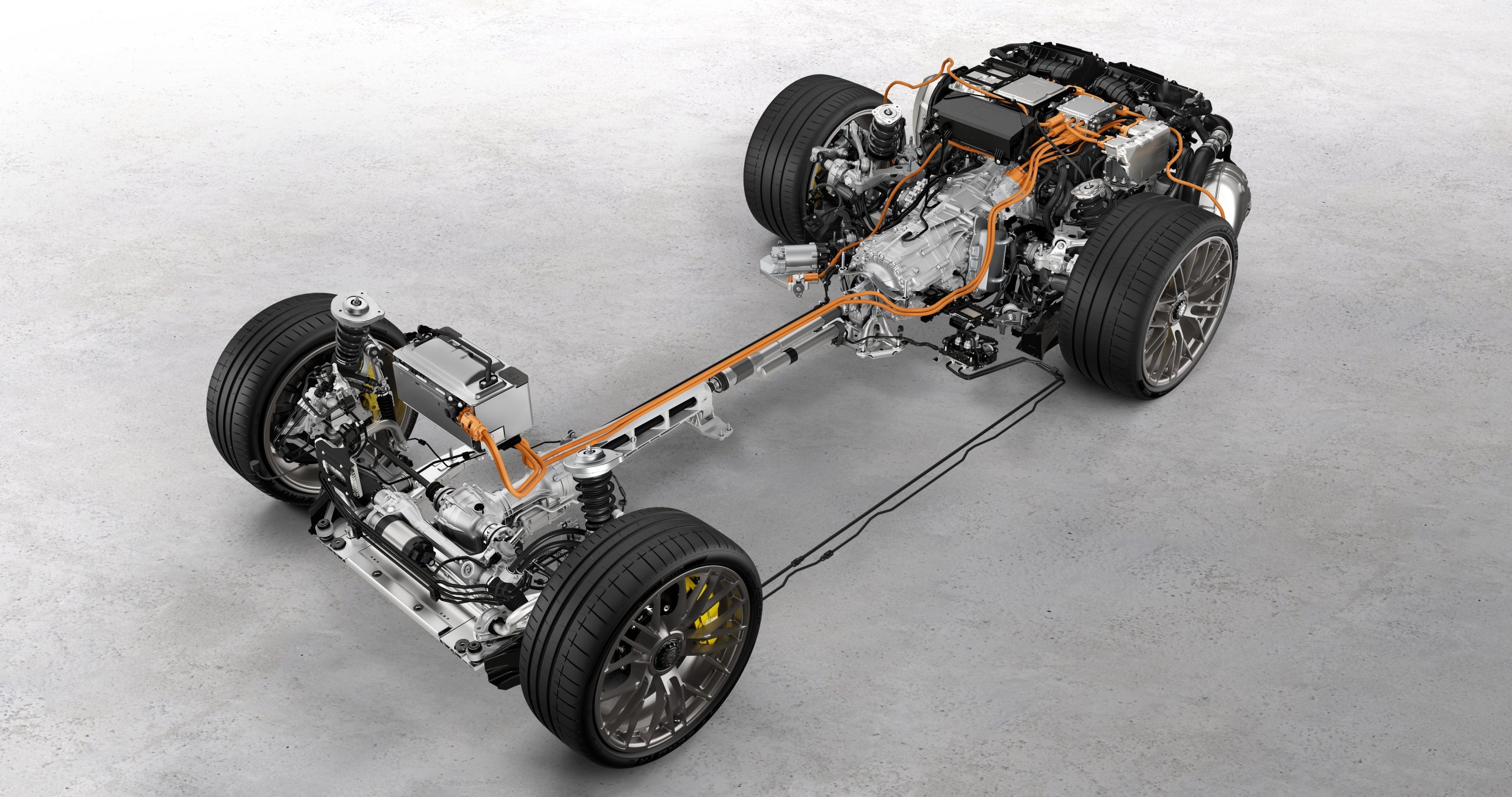
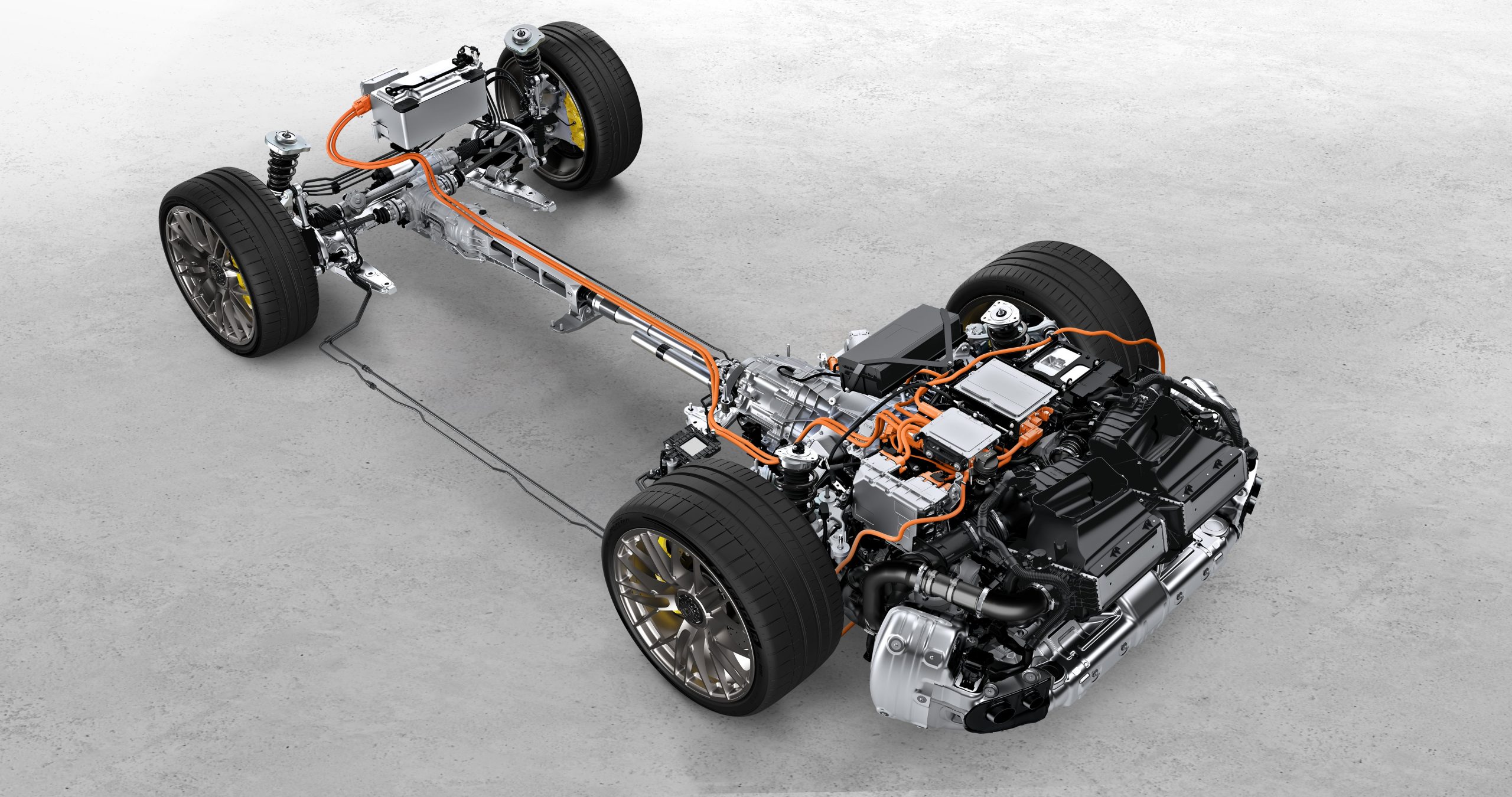
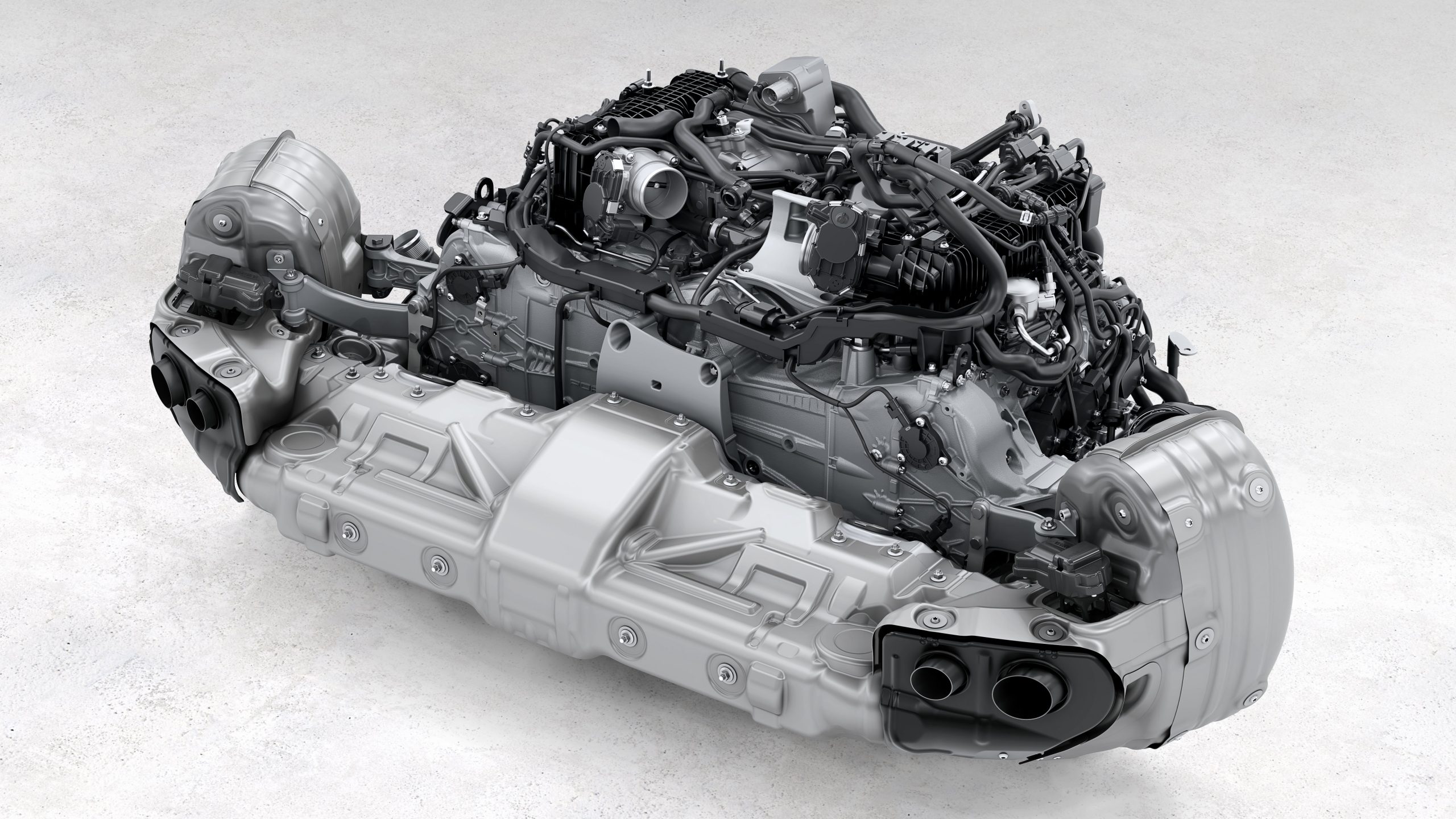
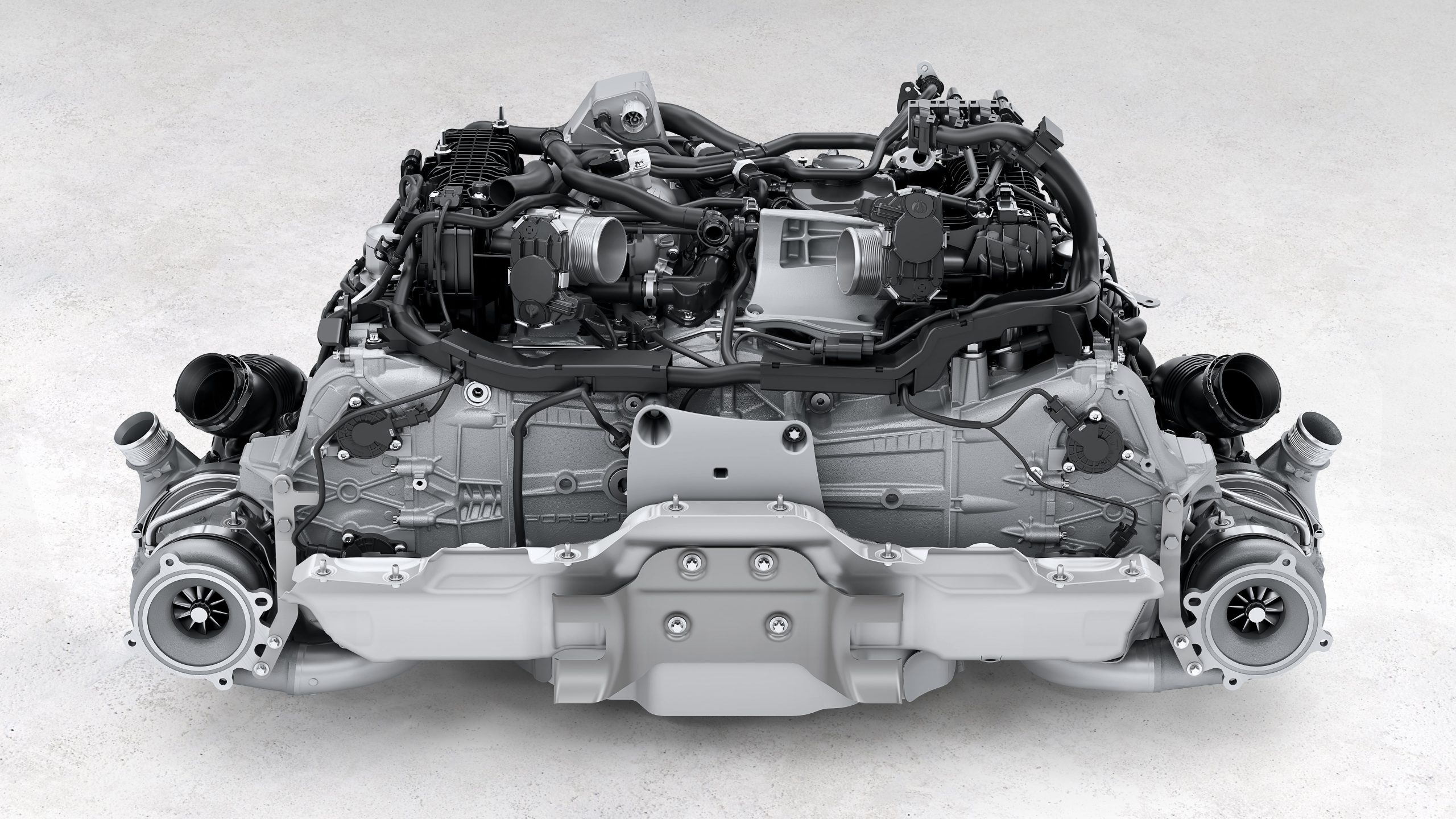
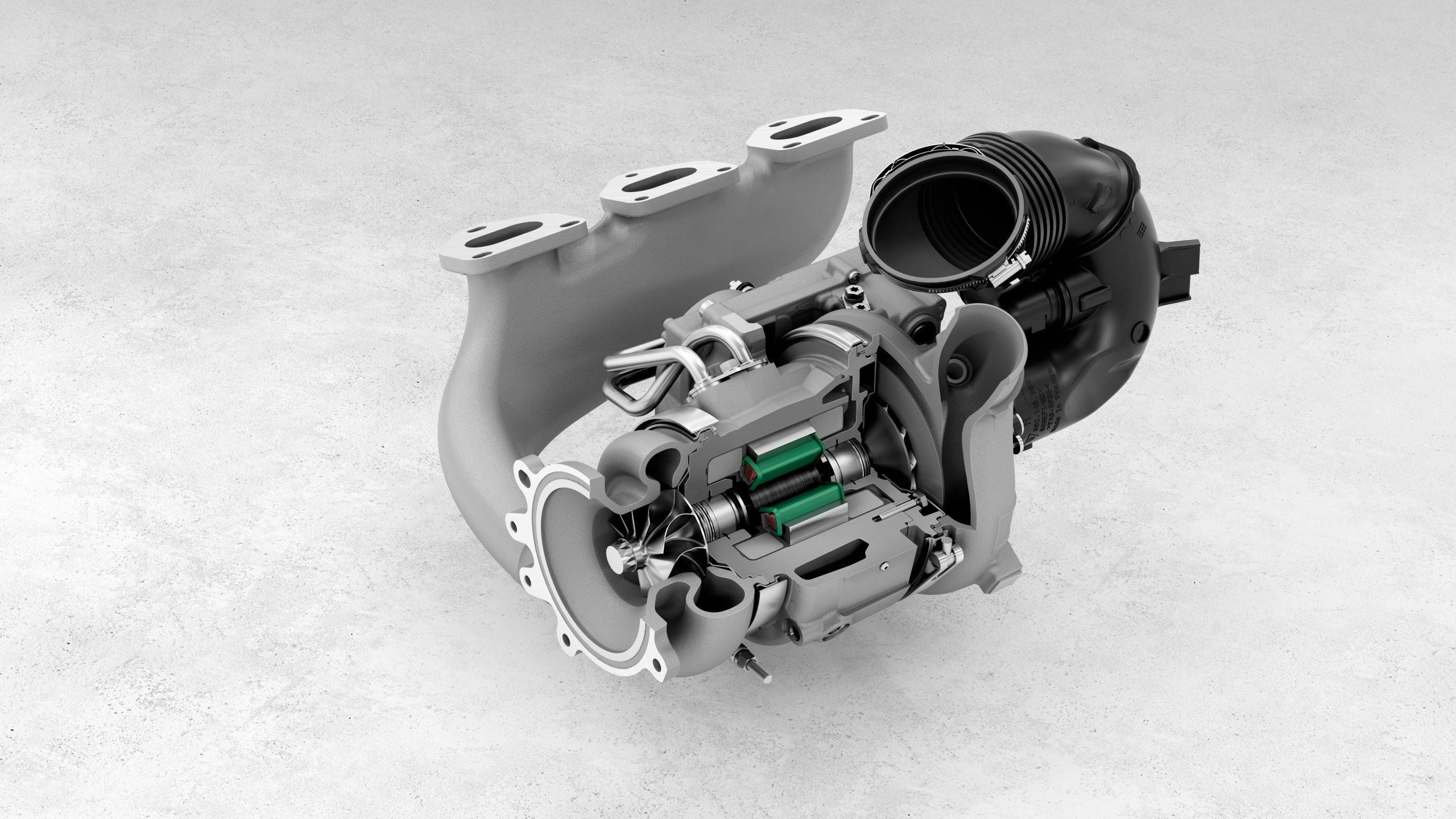
Sending that thrust to the tarmac via its eight-speed PDK with integrated electric motor & Porsche Traction Management (PTM) all-wheel drive system, the Turbo S Coupé thus accelerates from rest to 100 km/h in a rocketship-like 2.5 seconds; practically Bugatti territory, in other words. For a more graphic representation, keep in mind the fact that it will reportedly be a full two car lengths ahead of the outgoing Turbo S after that sprint. 200 km/h is done with in 8.4 seconds, and while the top speed is marginally lower at 322 km/h (200 mph), what matters is how much more dynamically the thing drives when things get twisty.

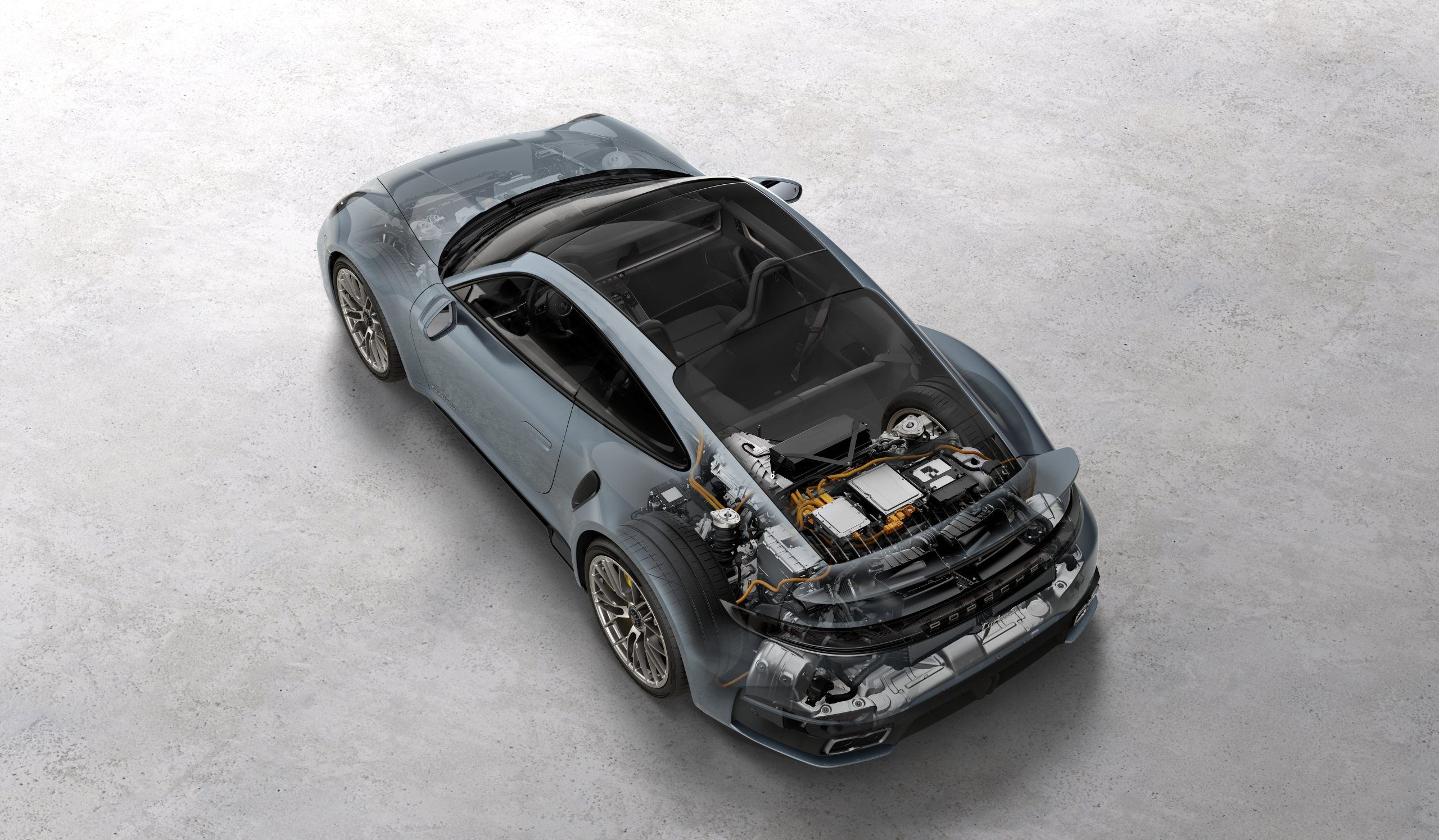
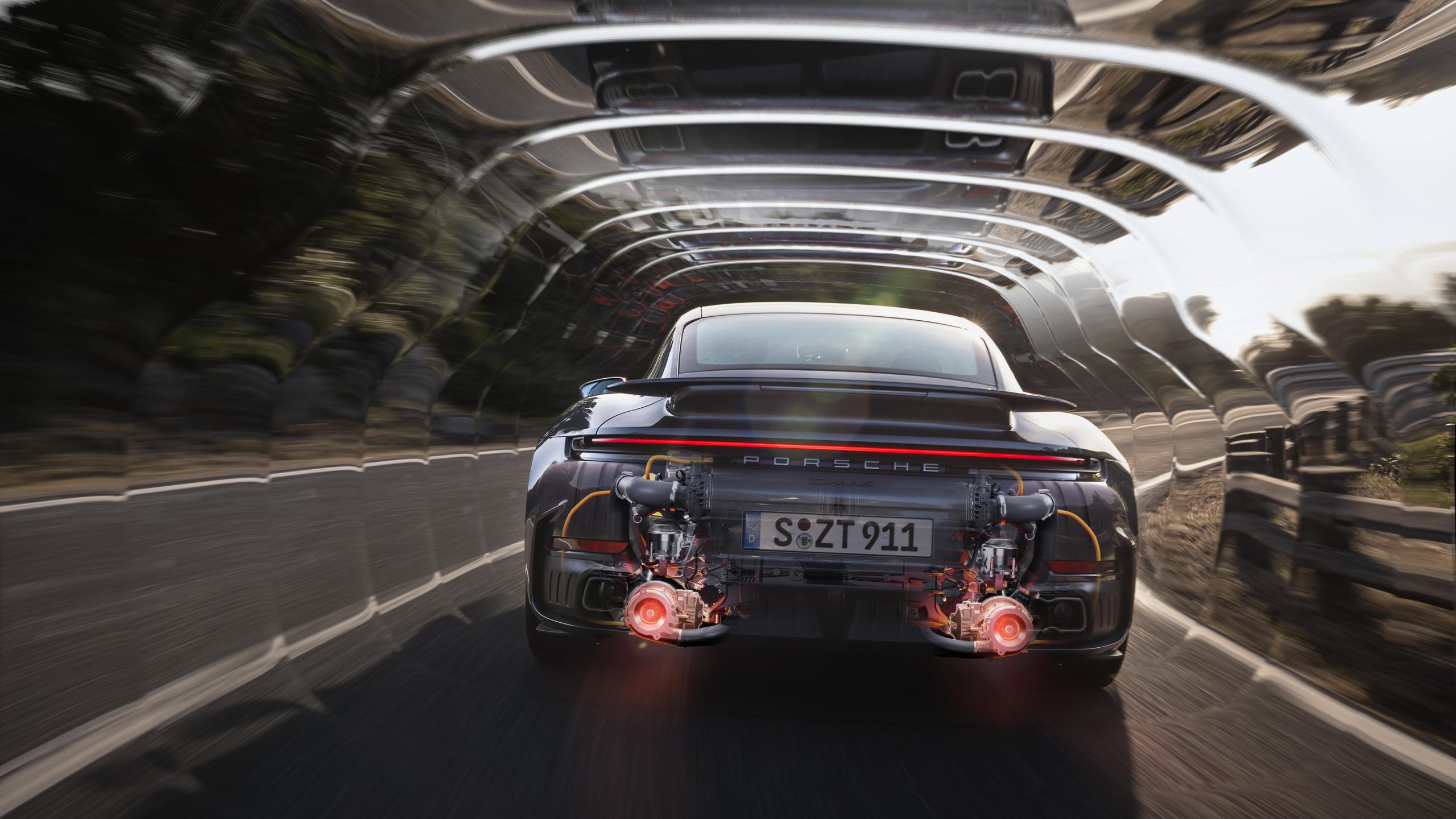
Indeed, despite the performance hybrid system’s extra components adding 85 kilograms more weight than the outgoing Turbo S, this seems to have had no negative impact on the 992.2’s driving dynamics. Its Nürburgring Nordschleife lap time amply demonstrated this – during late 2024’s final development drives, a lightly camouflaged 911 Turbo S lapped the ‘Green Hell’ in just 7:03.92 minutes under notarial supervision, 14 seconds quicker than its predecessor & practically on another planet in terms of track performance.
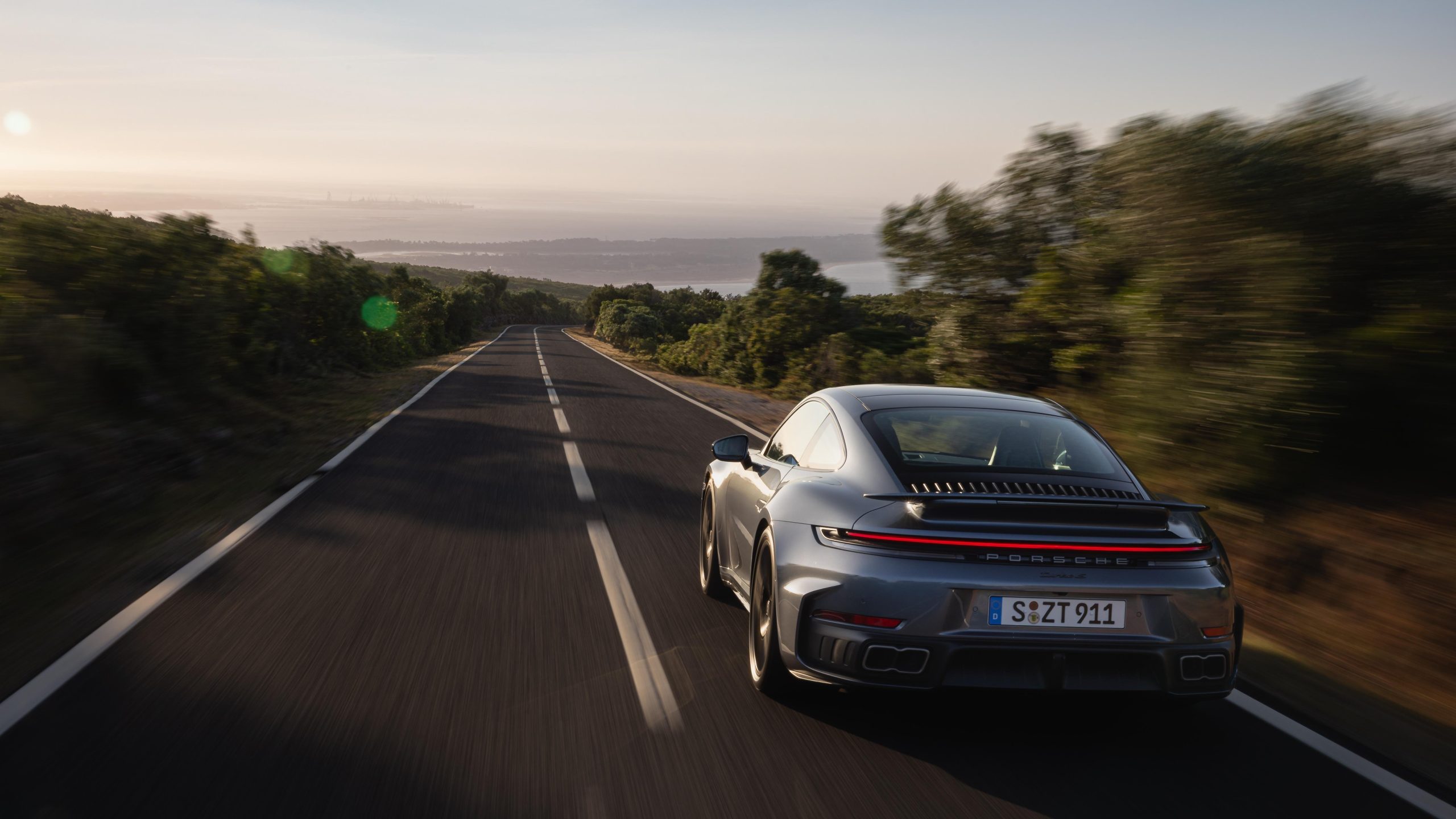
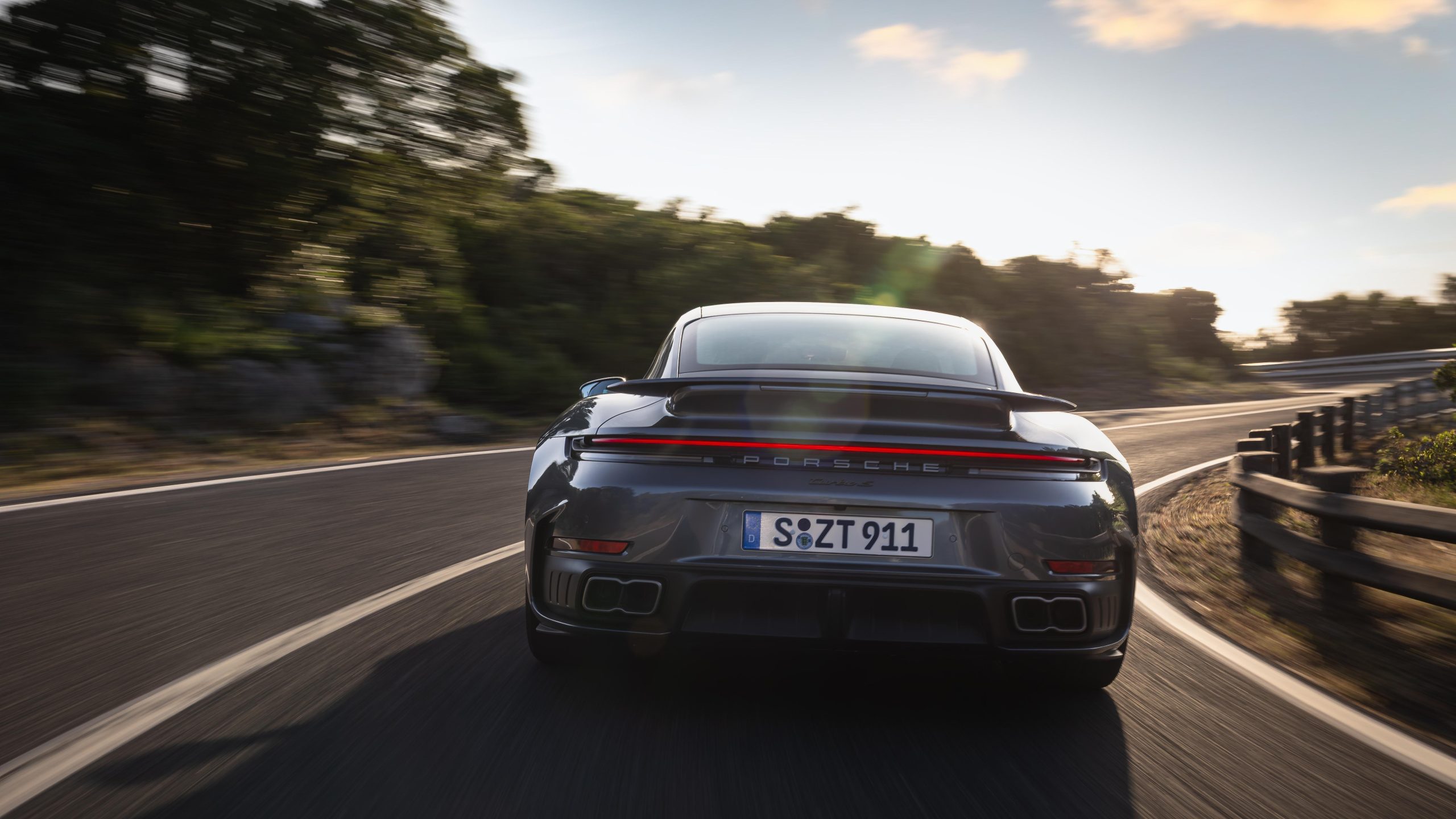
It should sound as good as it goes too: an asymmetrical timing sequence further expands the engine’s aural frequencies, helping it sound more throatily distinct than other turbocharged boxer engines that more normally fail to inspire in aural terms. A new standard titanium sports exhaust system with boldly angular tailpipe trims will also help in this regard, while shaving weight to the tune of 6.8 kg. For those who would like to lighten their Turbo S even further, there is the option of lightweight carbon fiber wiper arms that save 600 grams.
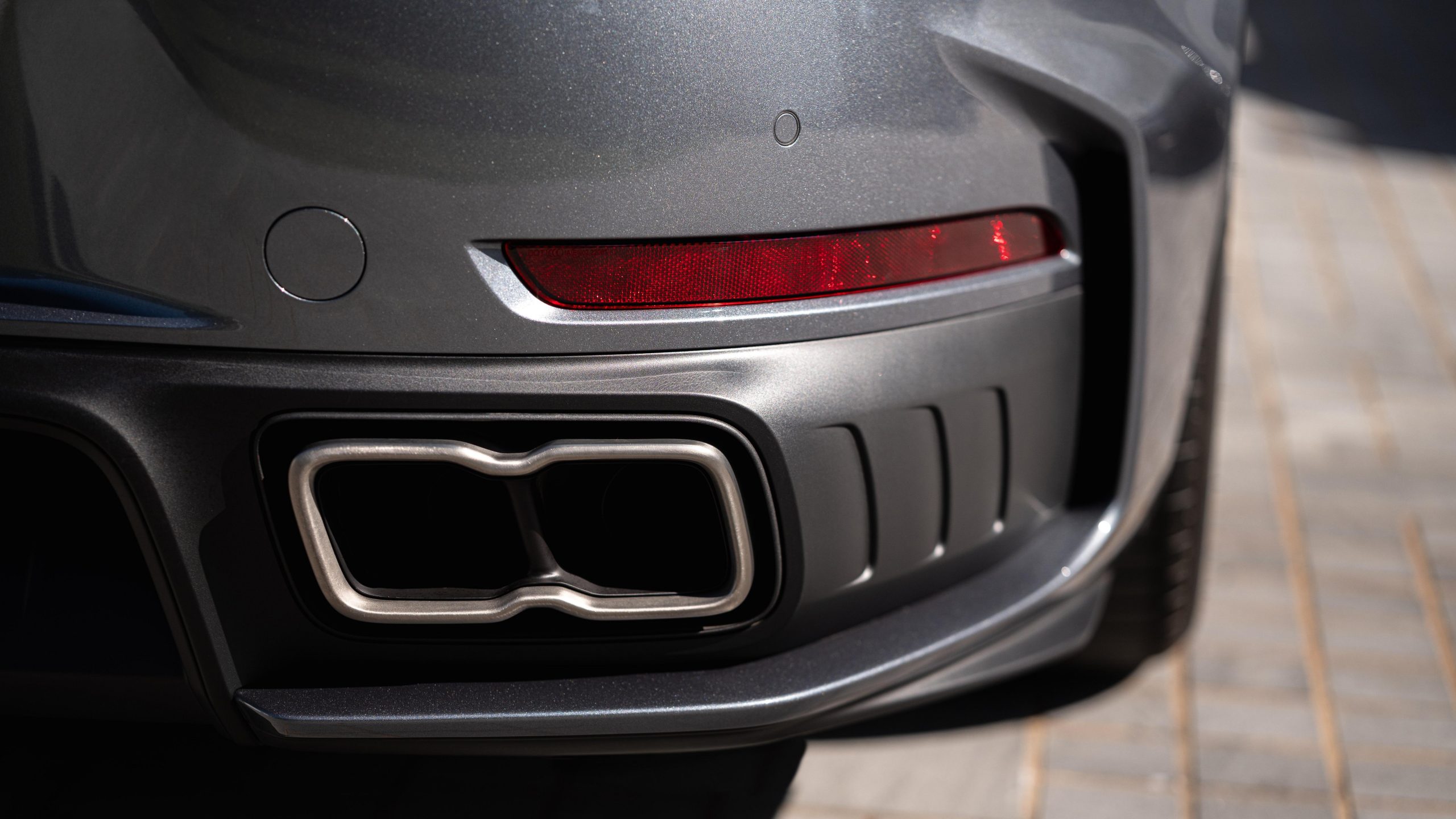
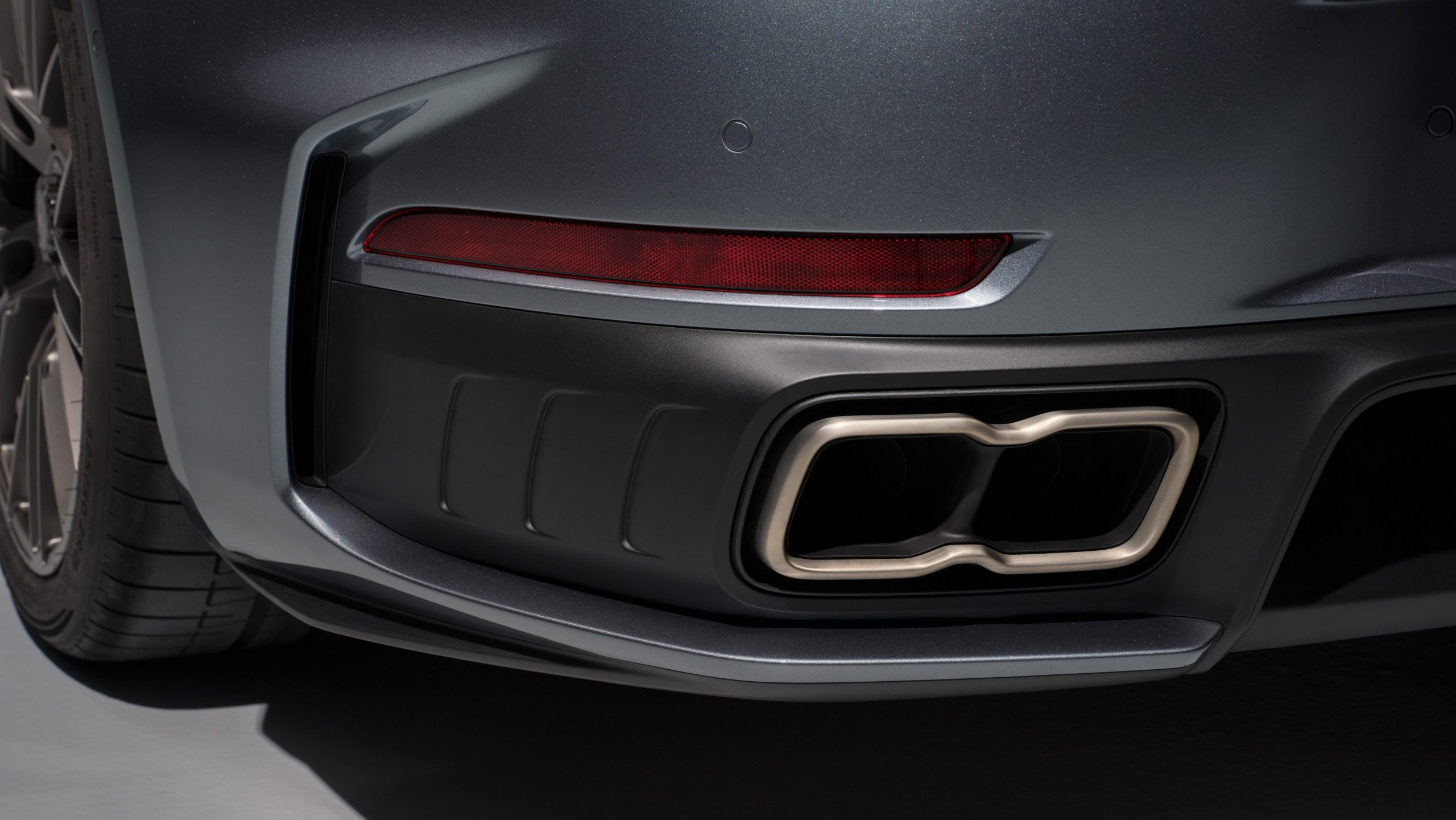
The T-Hybrid powertrain’s high-voltage battery electrical system powers more than just the 911 Turbo S’ accelerative forces too, as it also drives its new electro-hydraulically controlled Porsche Dynamic Chassis Control (ehPDCC) chassis stabilizers. While not a fully active suspension system, it does incorporate interconnected coupling rods that stiffen with increased oil volume flow pressure during more sporty driving; thereby reducing roll during fast direction changes while increasing agility during corner entries and exits. Overall, this makes the car both more predictably responsive & comfortable to drive even with its enormous power; indeed the electrohydraulic PDCC is also available with an optional front axle lift system for even more versatile everyday usability.
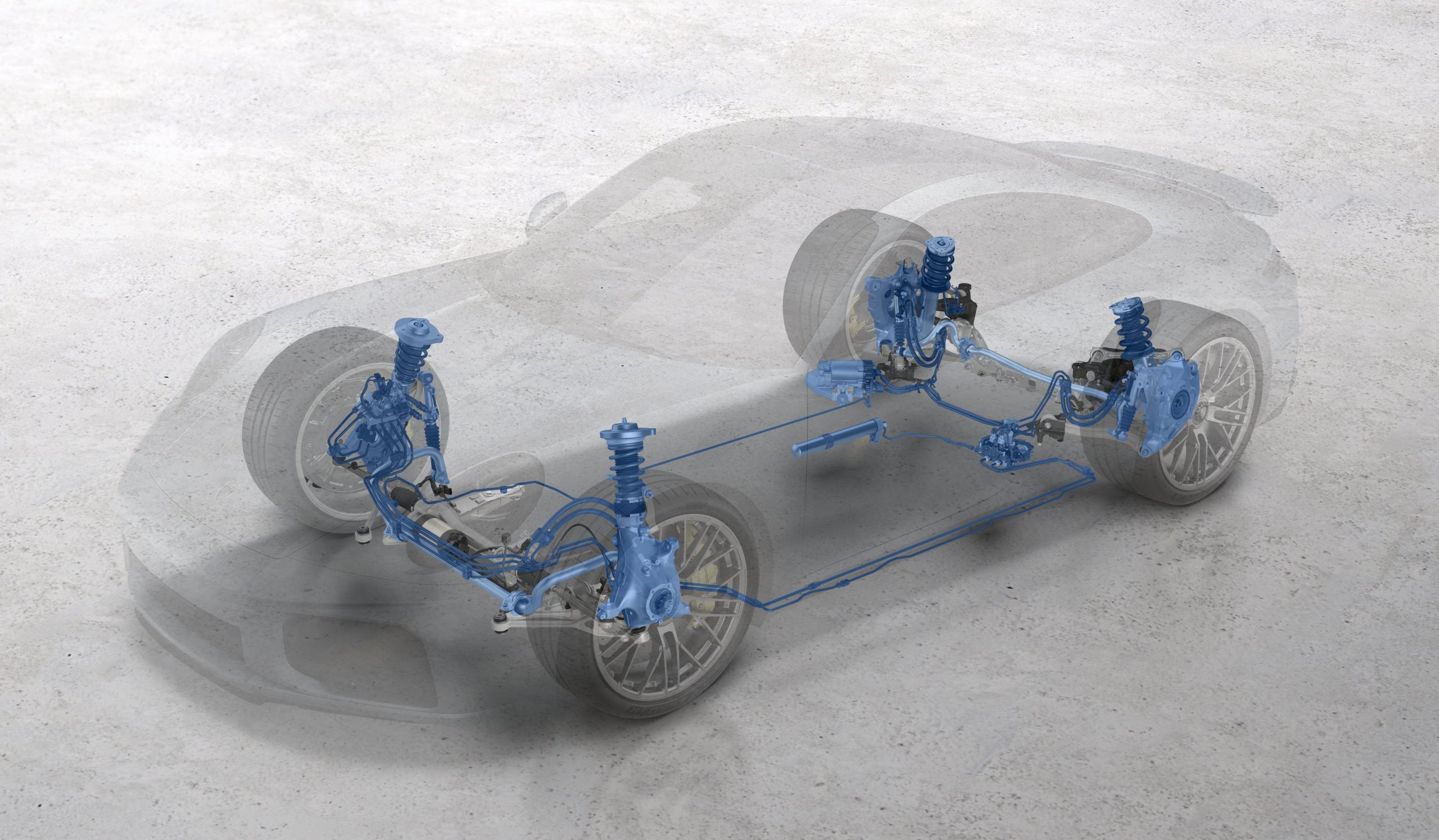
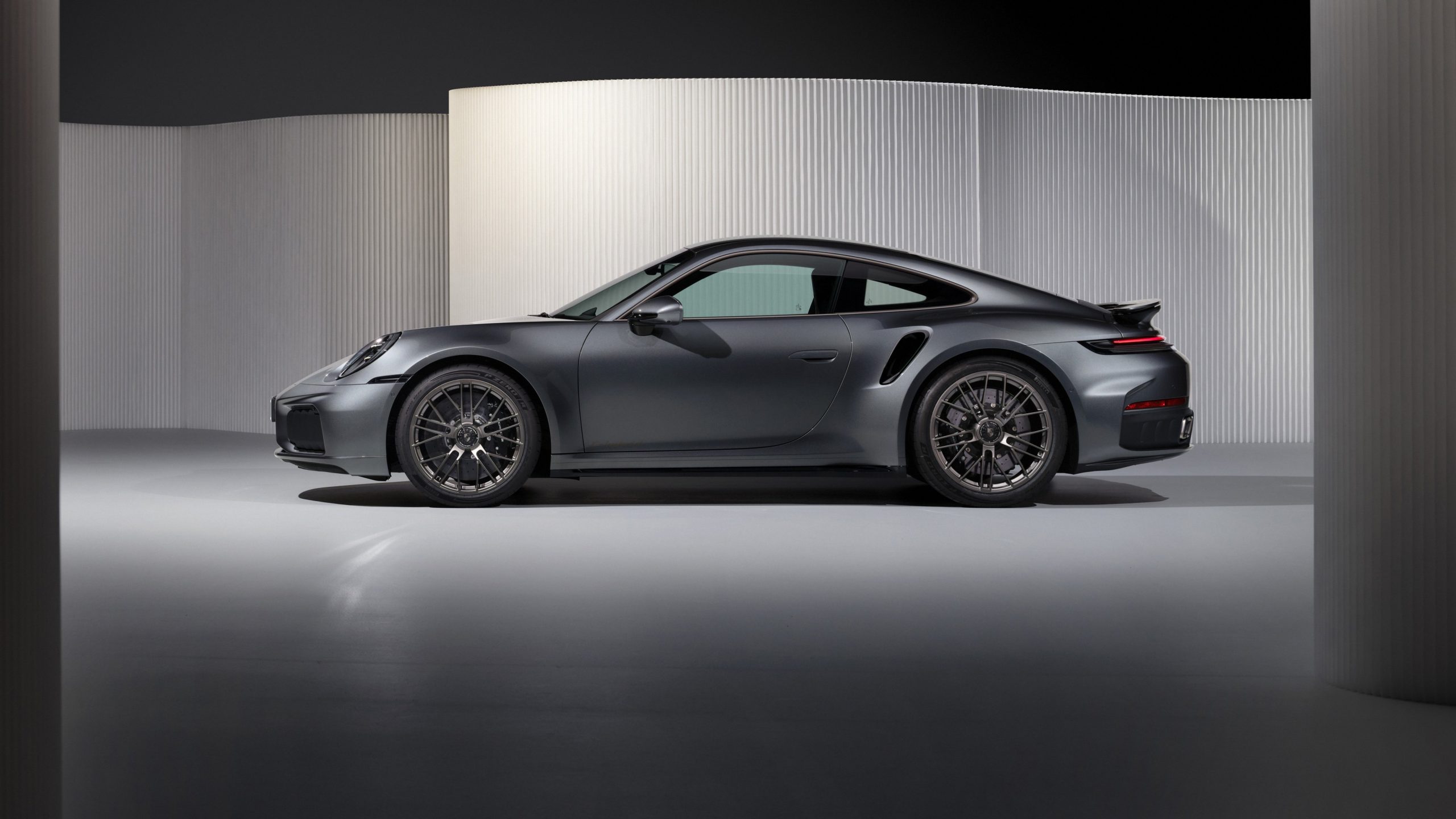
Reigning in the 911 Turbo S’ enormous performance and keeping it all under control, the largest Porsche Ceramic Composite Brakes (PCCB) ever equipped on the brand’s 2–door models now boast 420 mm front & 410 mm rear discs, while new brake pads grant them equally great bite and precise pedal feel. As on the 911 Carrera GTS, enhanced active aerodynamics help them work even better by optimizing their temperature control.
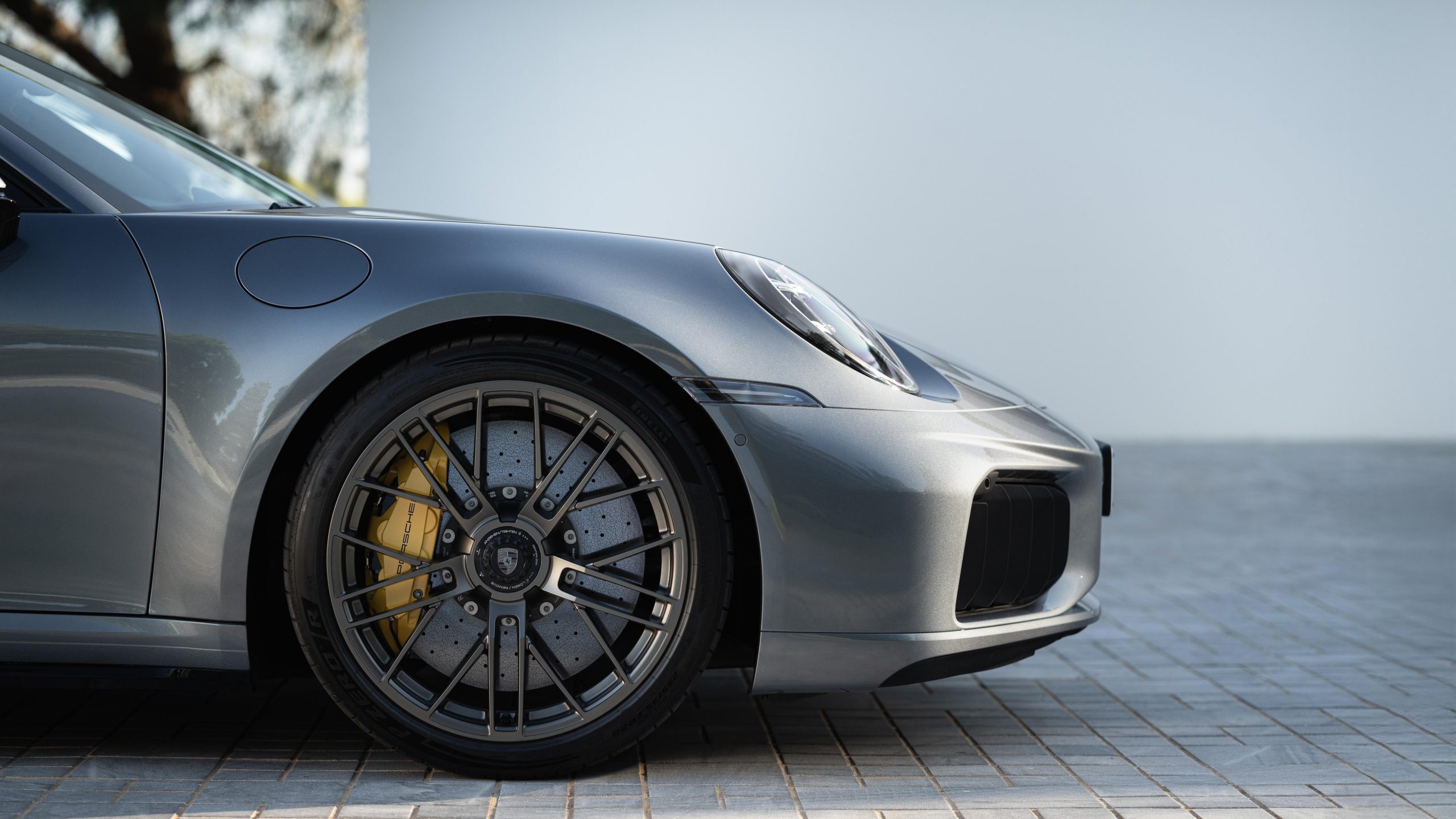
The visually distinct, active front vertical flaps can open to increase brake & radiator cooling airflow together with the active front diffuser, or close to minimize drag during more steady state driving. Working as a whole with an adjustable front spoiler lip and the extendable rear wing, this highly efficient overall system intelligently reduces lift, while alternatively reducing the 911 Turbo S Coupé’s drag coefficient by 10 per cent over the 992.1 with the aerodynamic elements efficiently retracted. In wet mode, the front diffusers close to shield the front brake discs from excessive water spray, with braking performance thus uncompromised even when things get rainy as they often do in Southeast Asia.
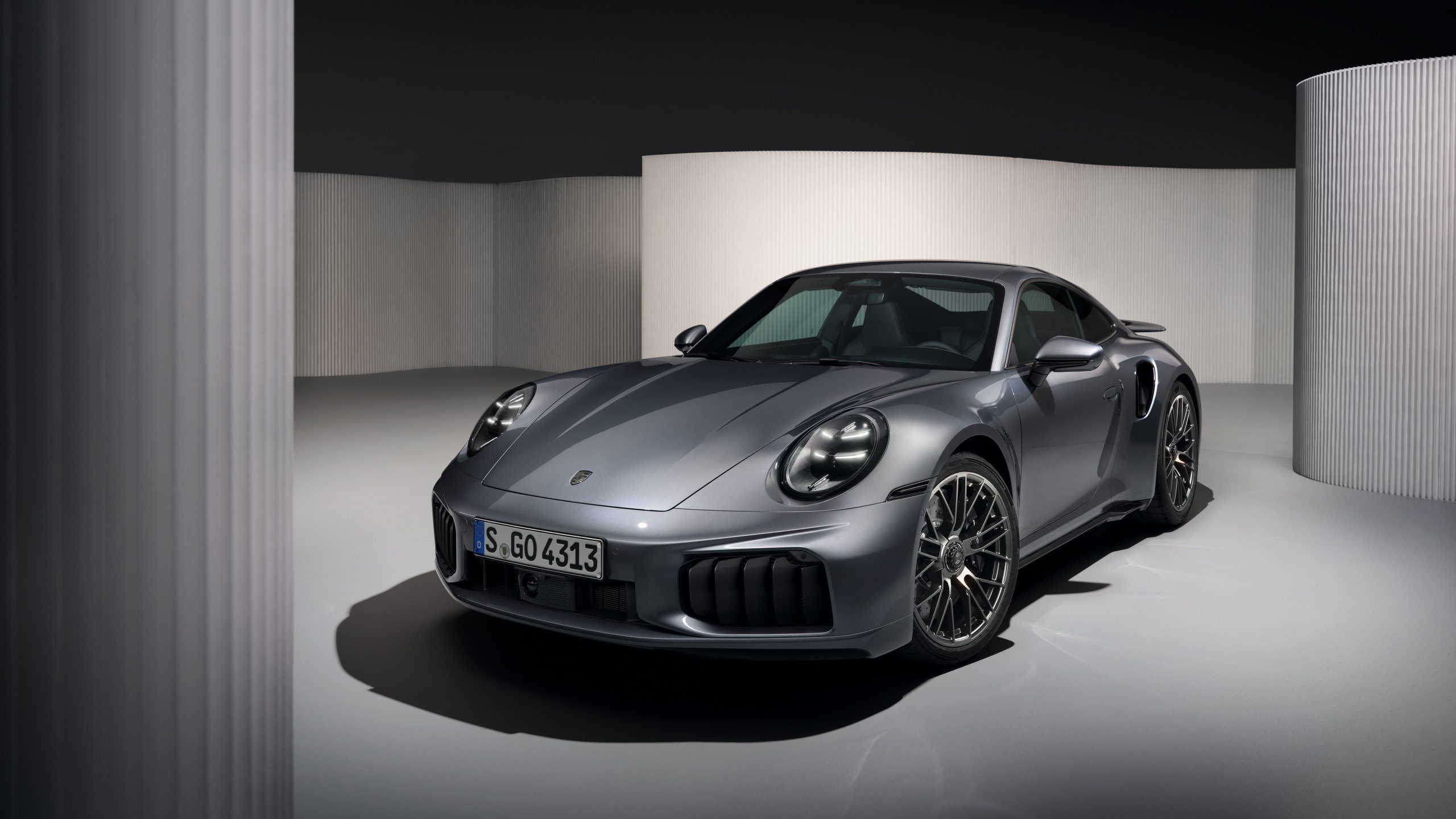
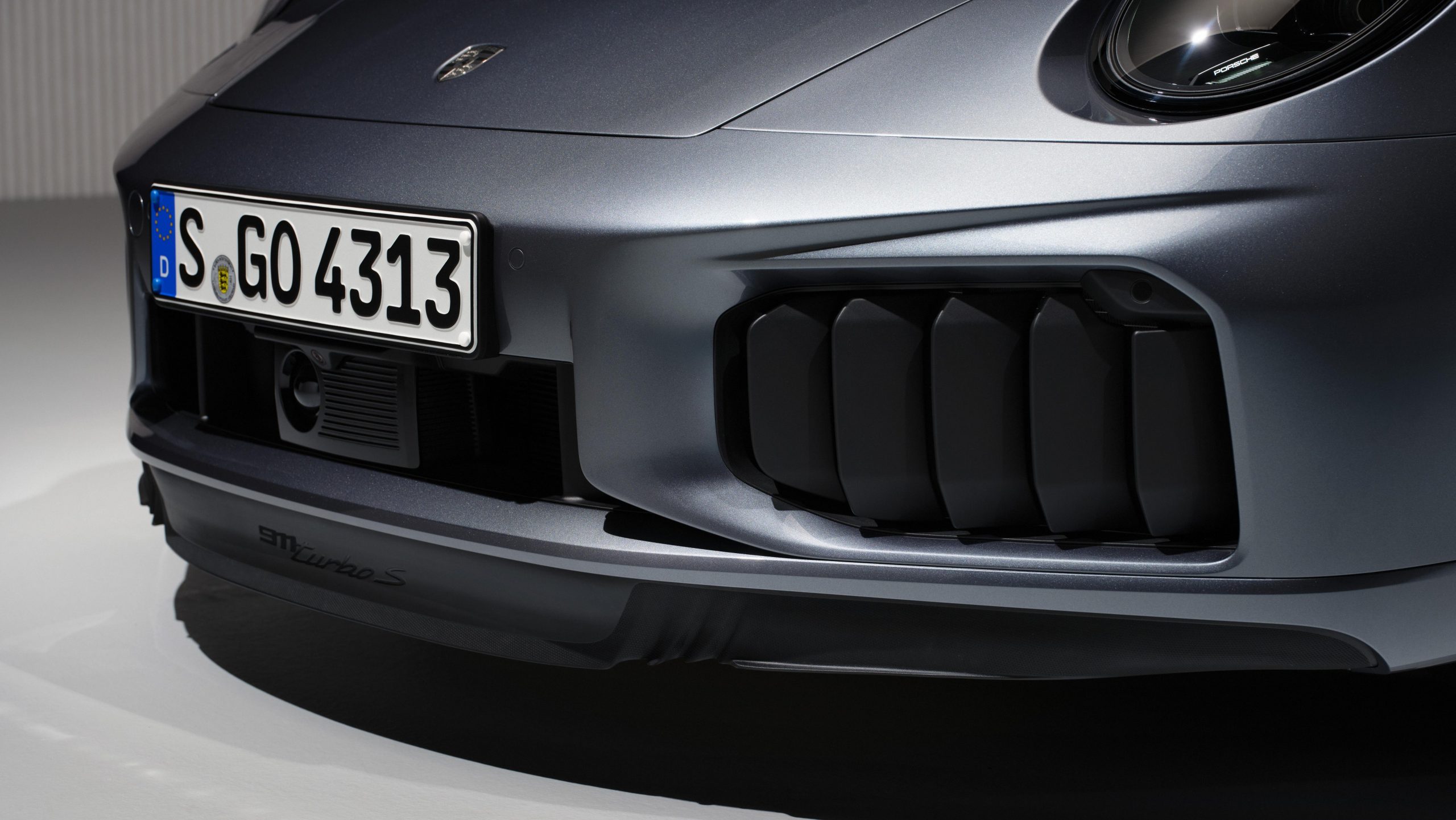

For this new generation, the 911 Turbo S Coupés will come standard as a 2-seater as standard, with rear seats available as a no-cost option; while its cabriolet sibling gets the 2+2 setup by default. Their cabins remain as appealing a driving environment as before, with new Turbonite accents adding a welcome touch of dynamism. For those after a more sporting cockpit, carbon-structured trim strips with neodyme trim and a perforated, black-backed microfiber headliner can be specified with more exclusive interior configurations. We’ll know more as soon as these powerfully endowed members of the iconic 911 Turbo family make landfall here in the region.
